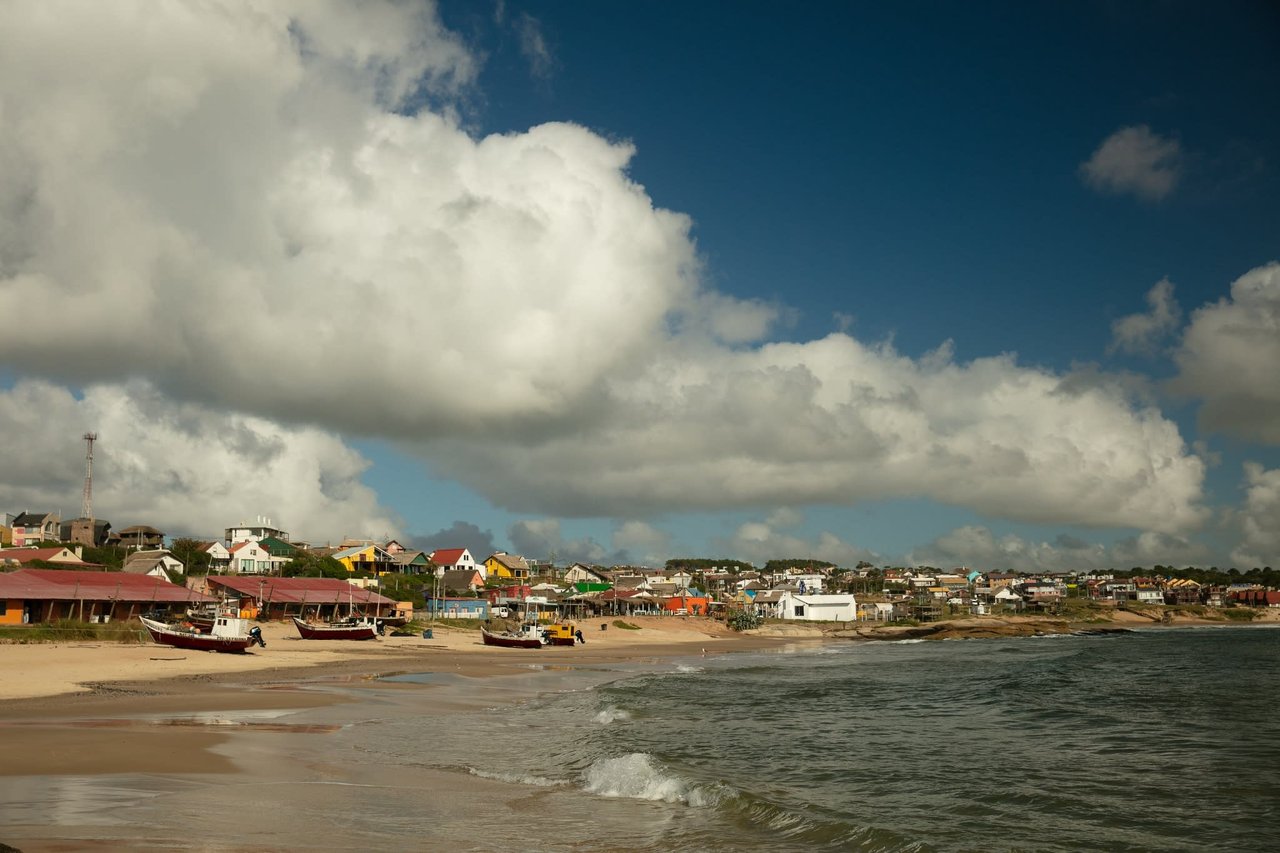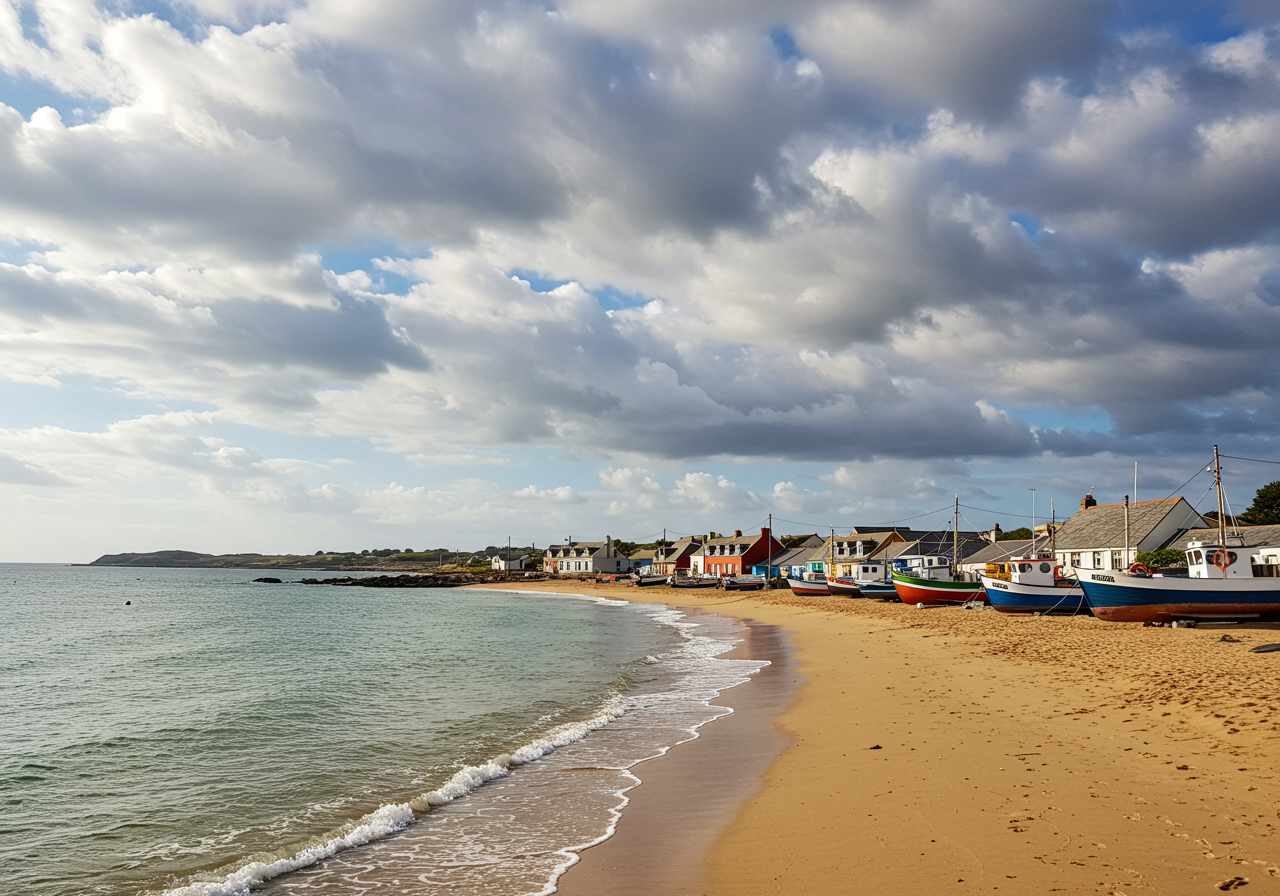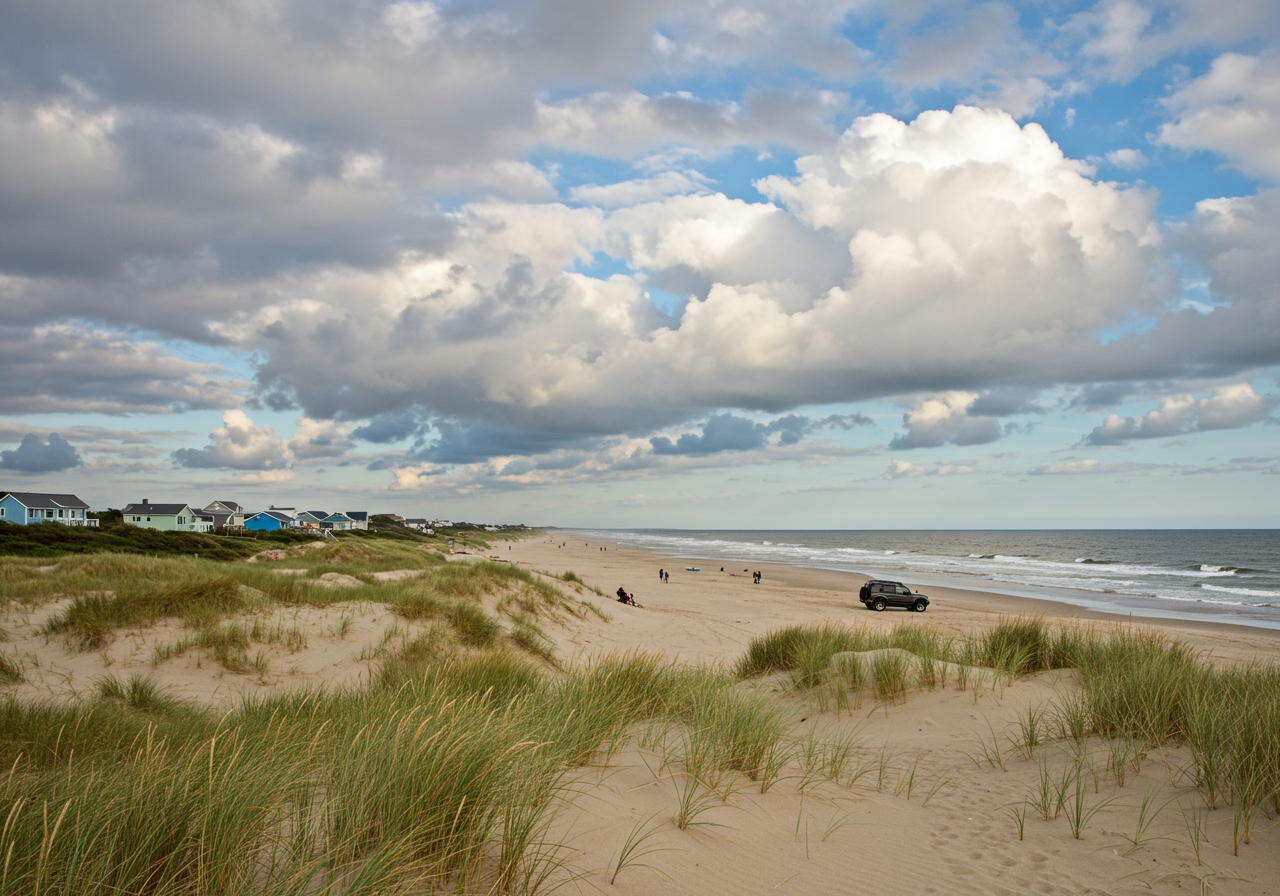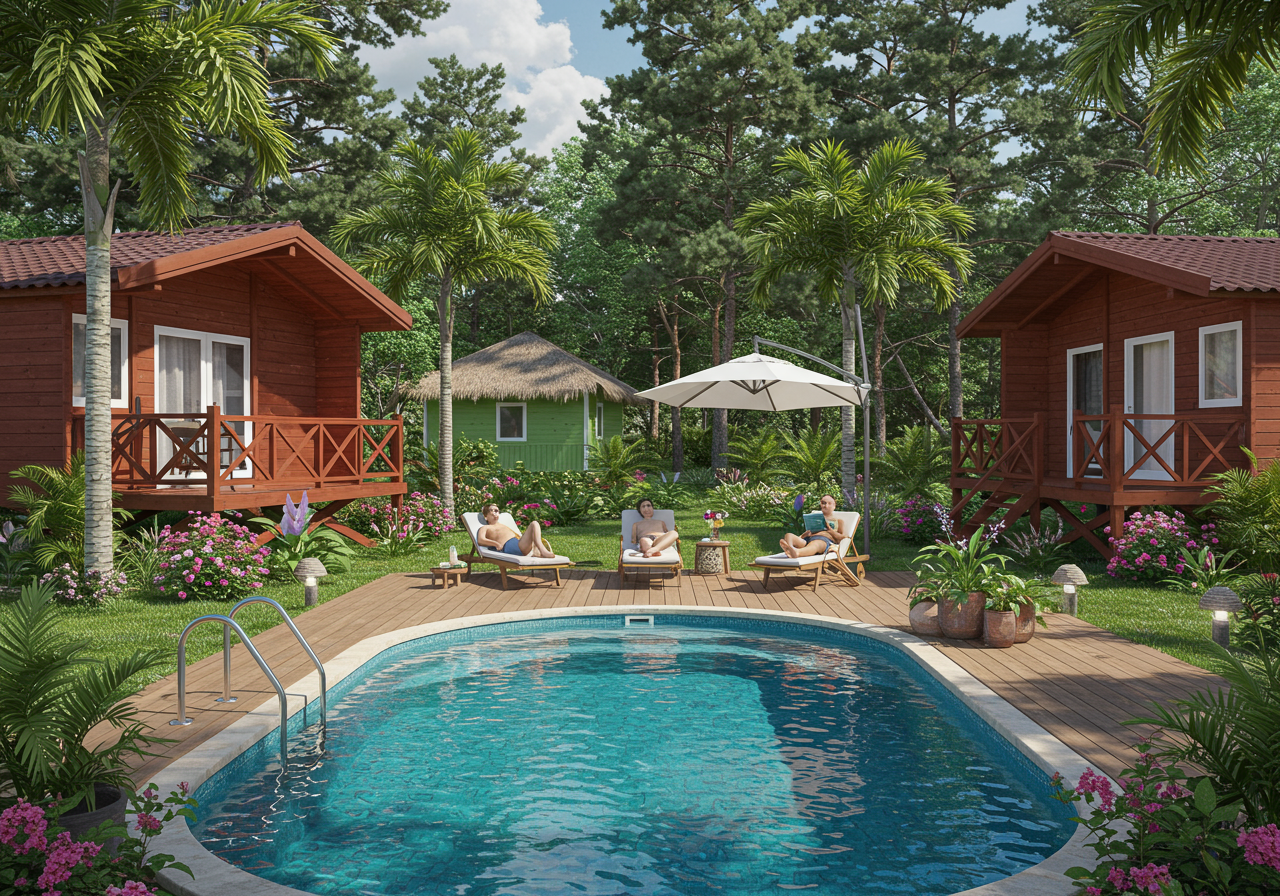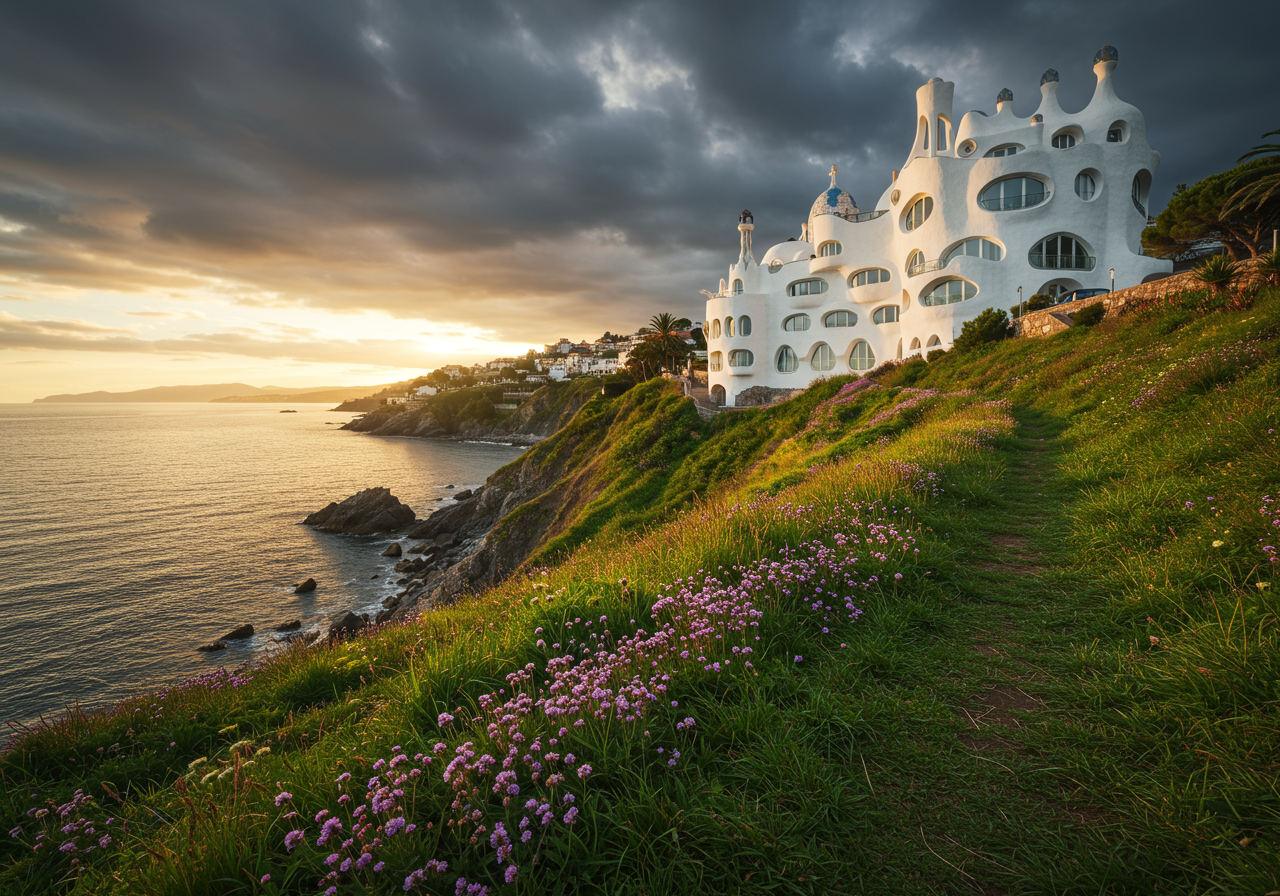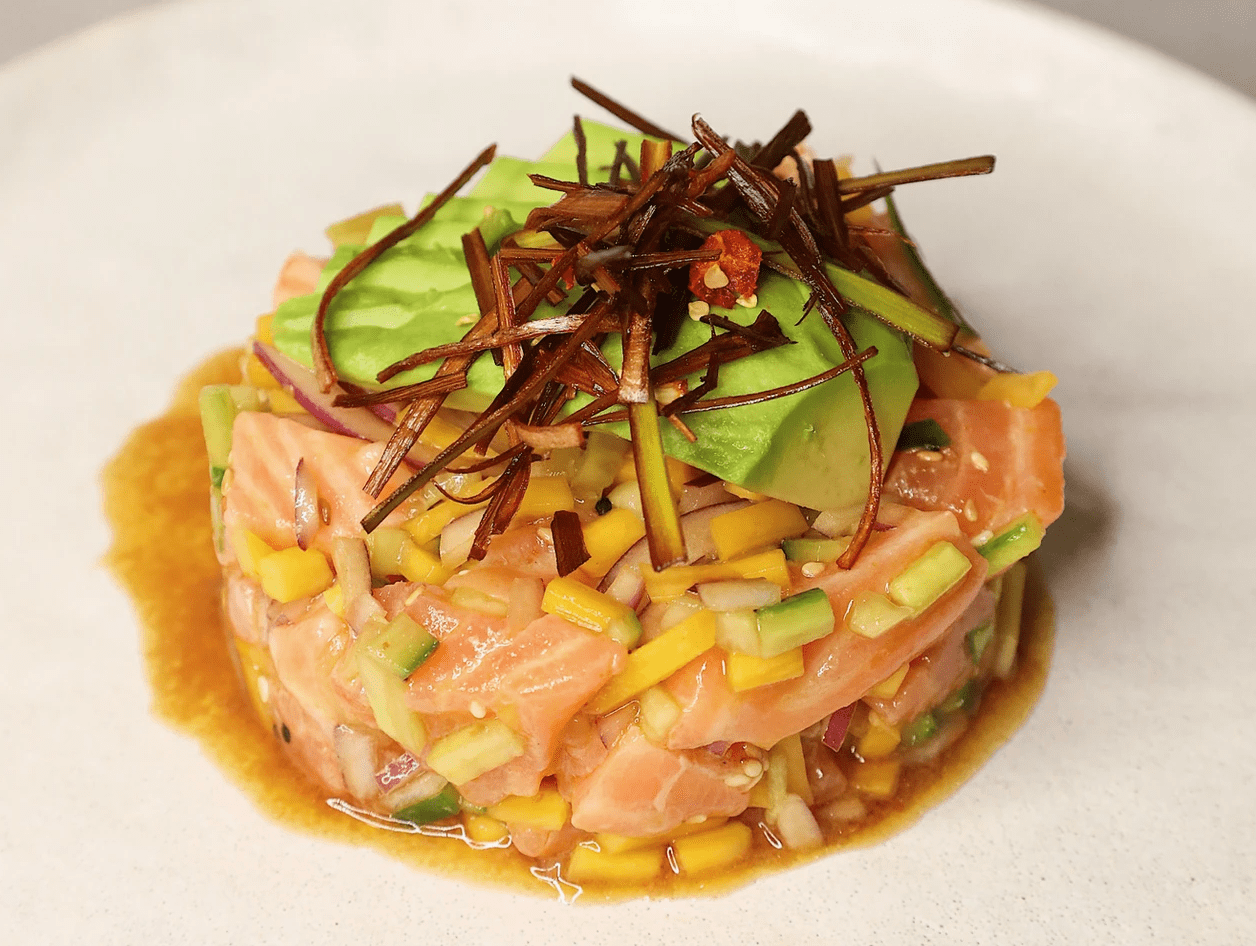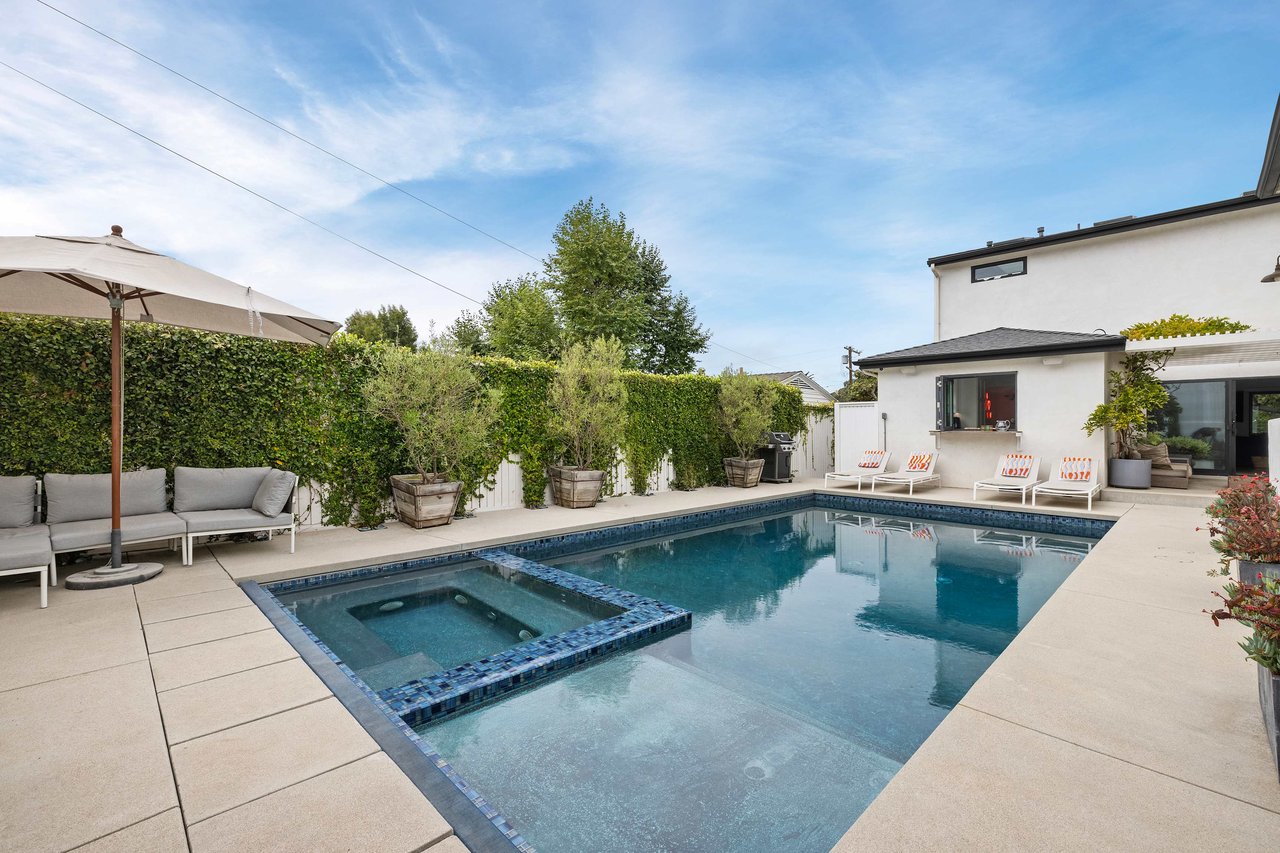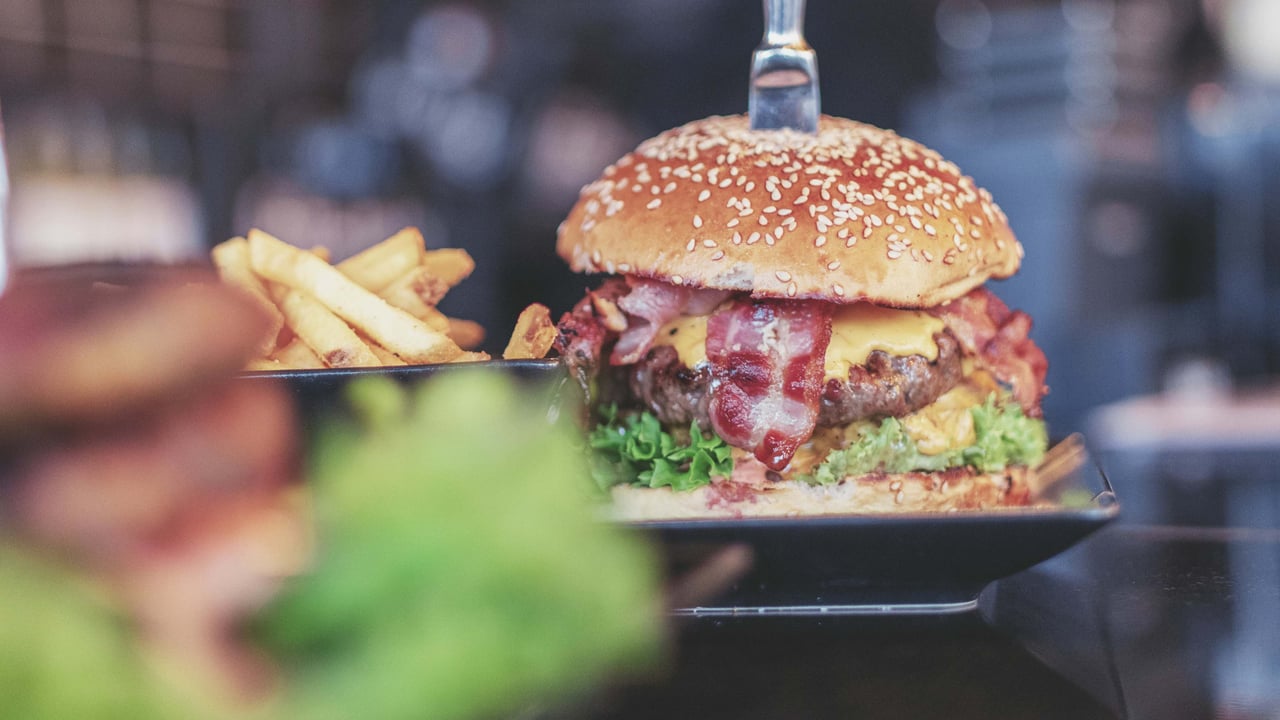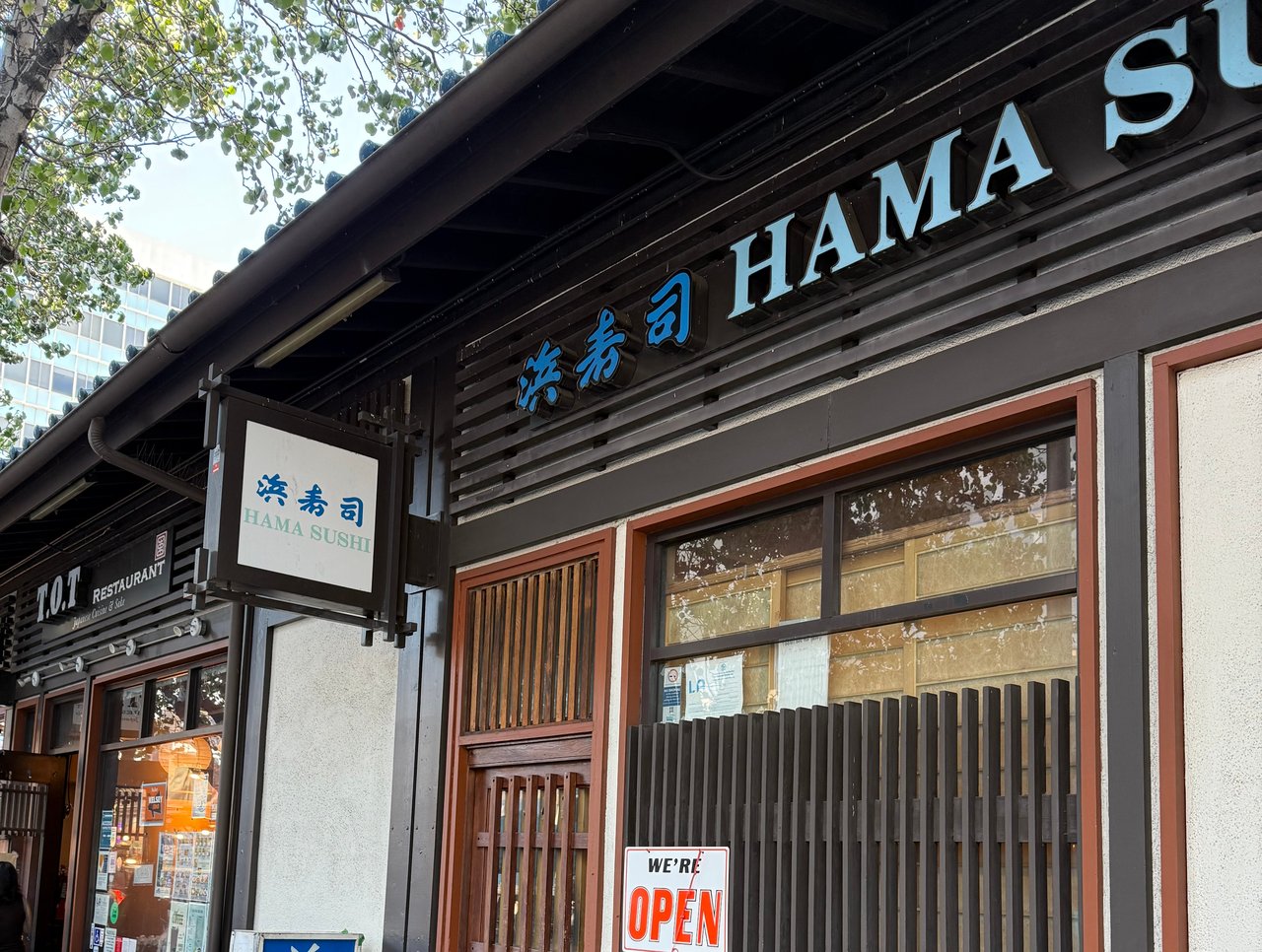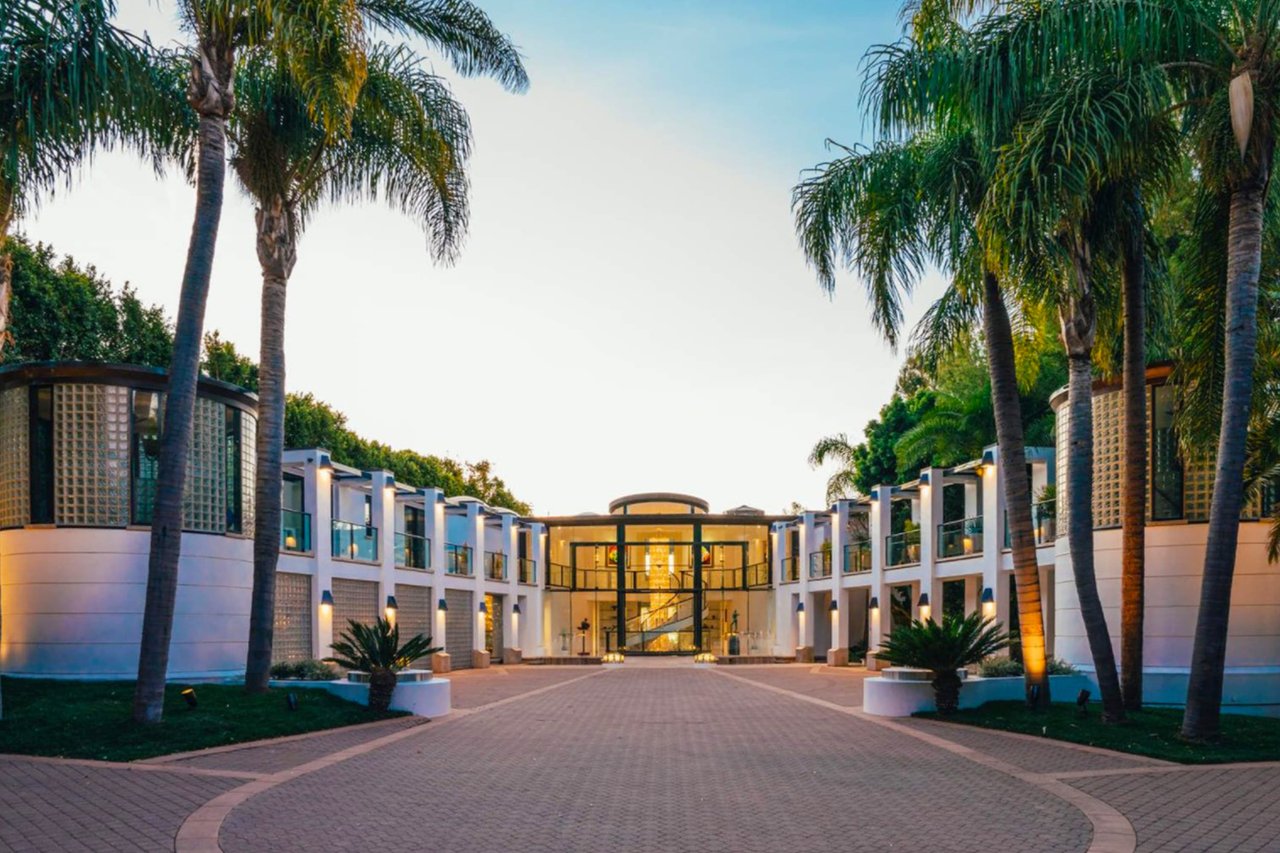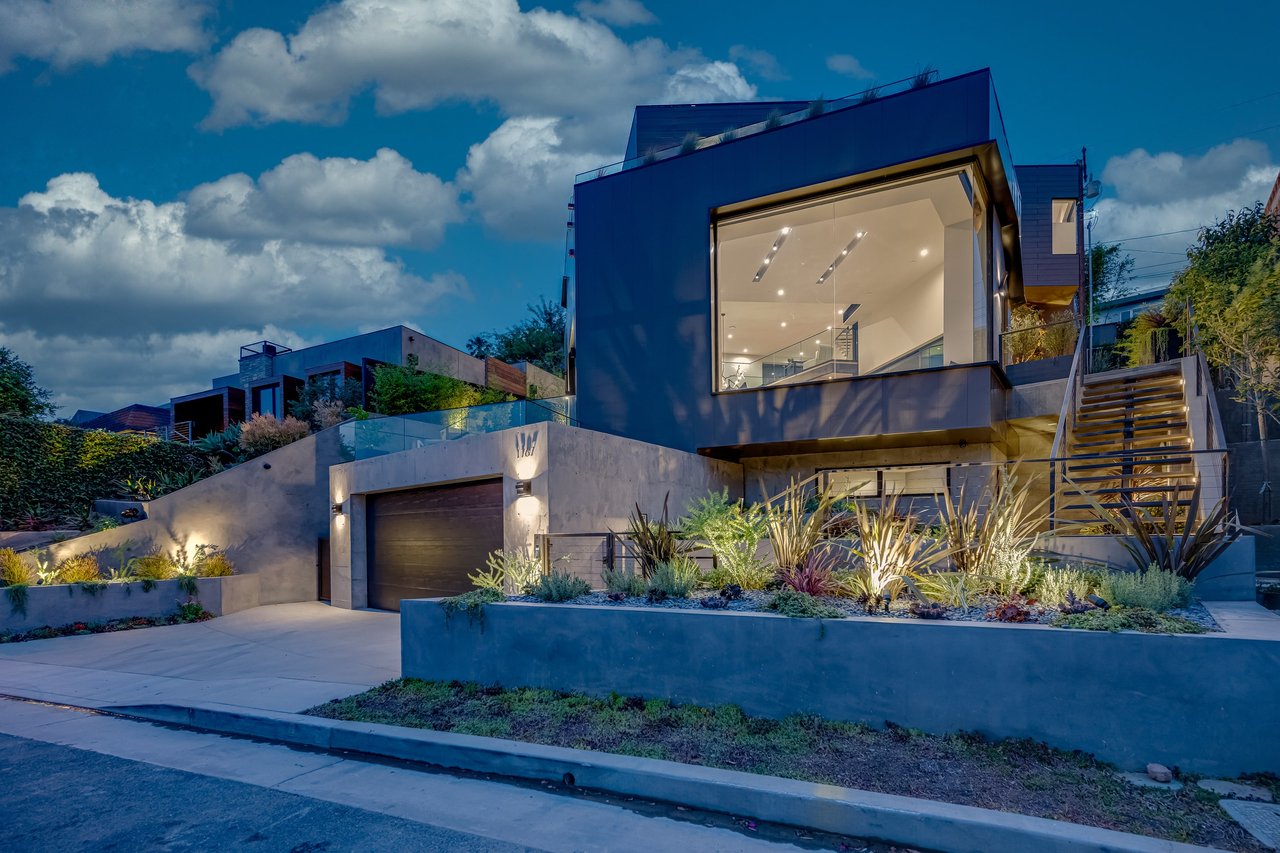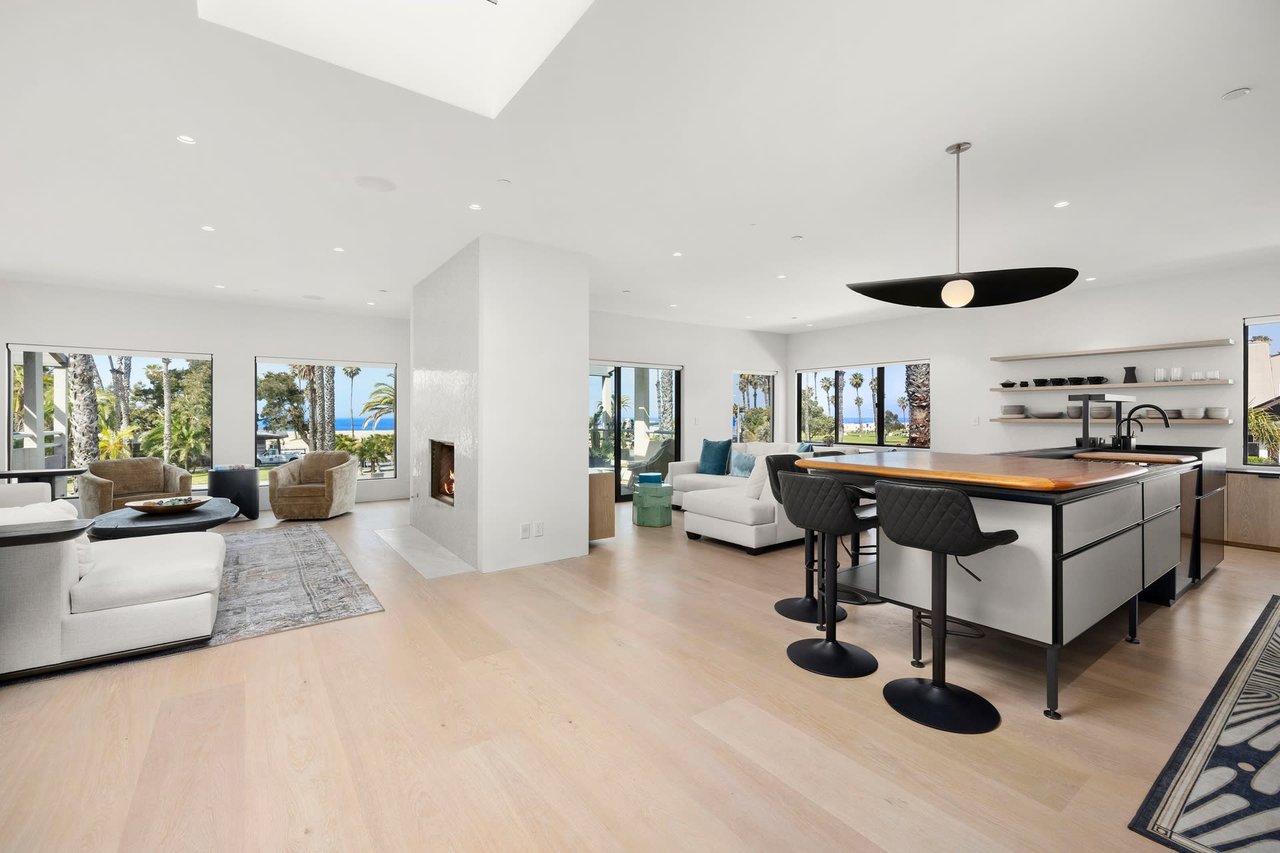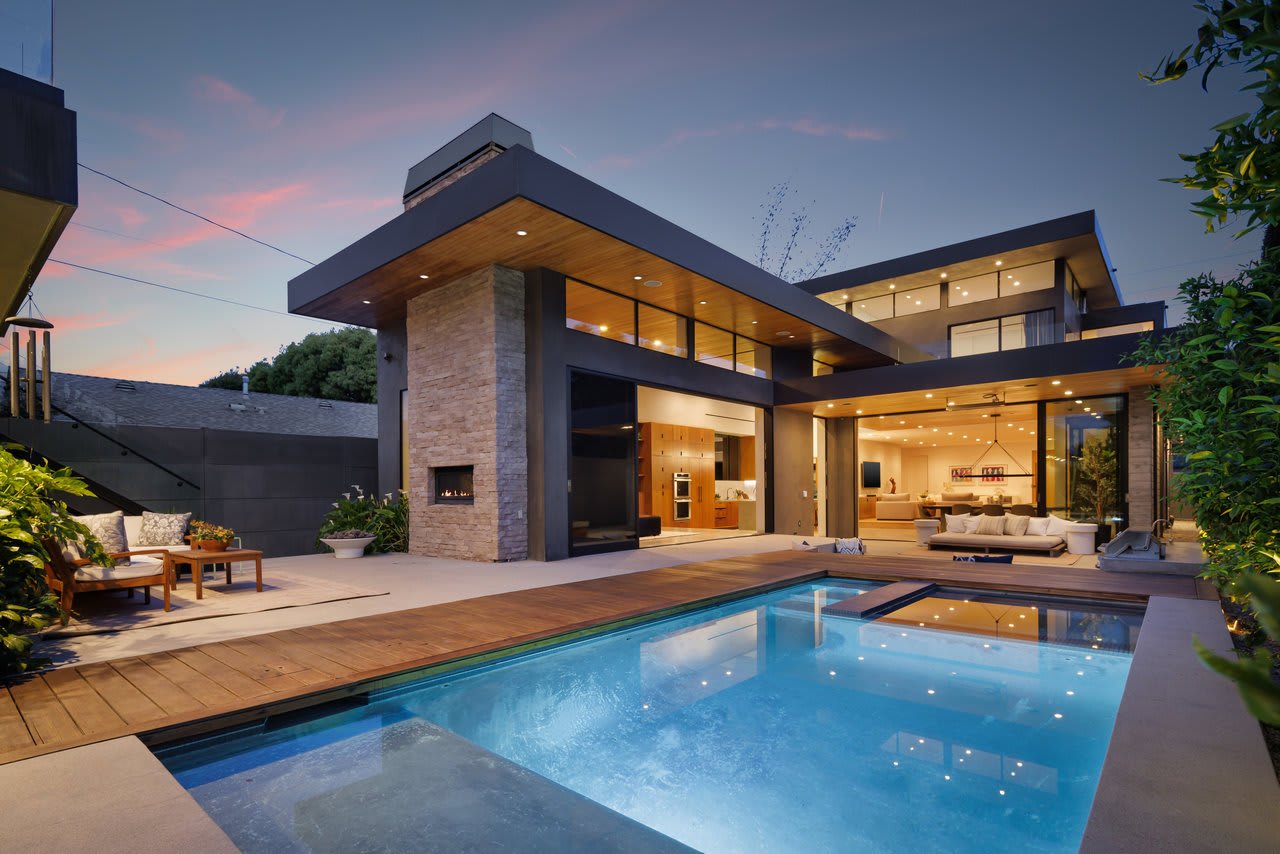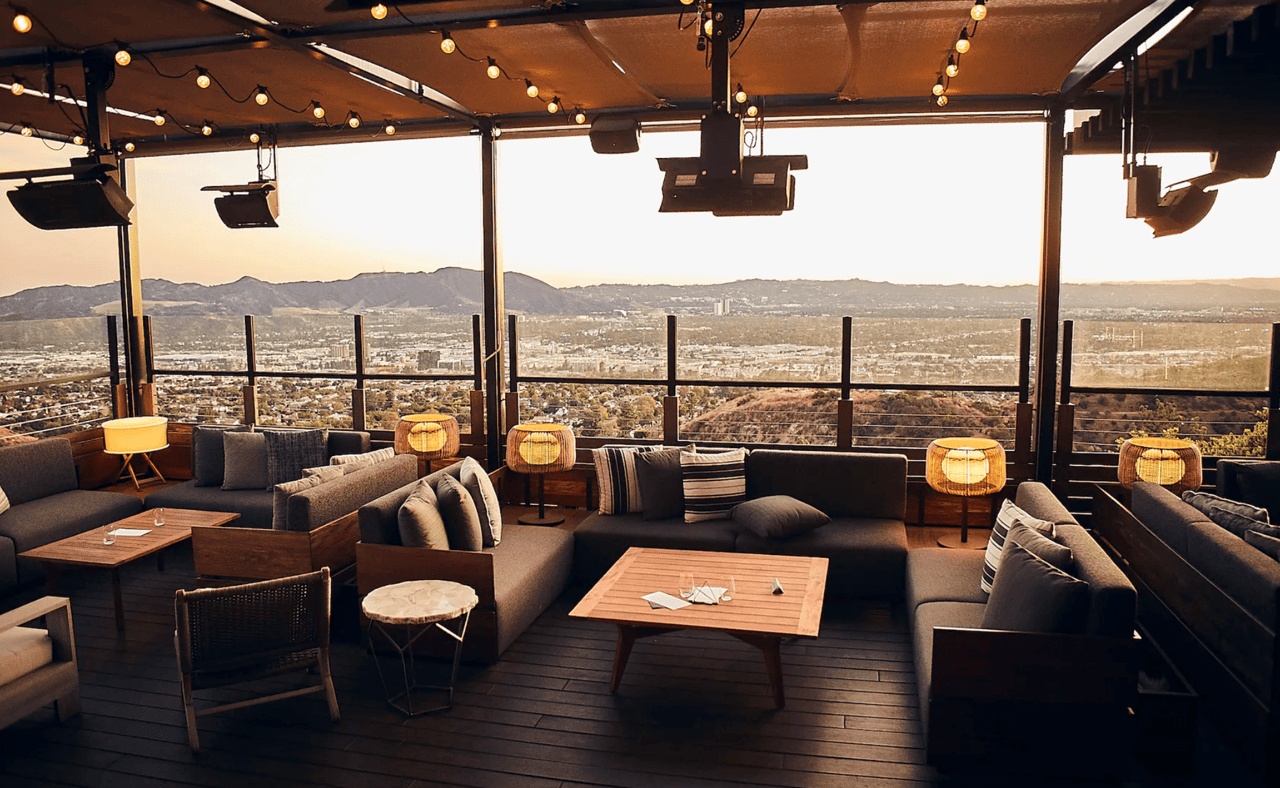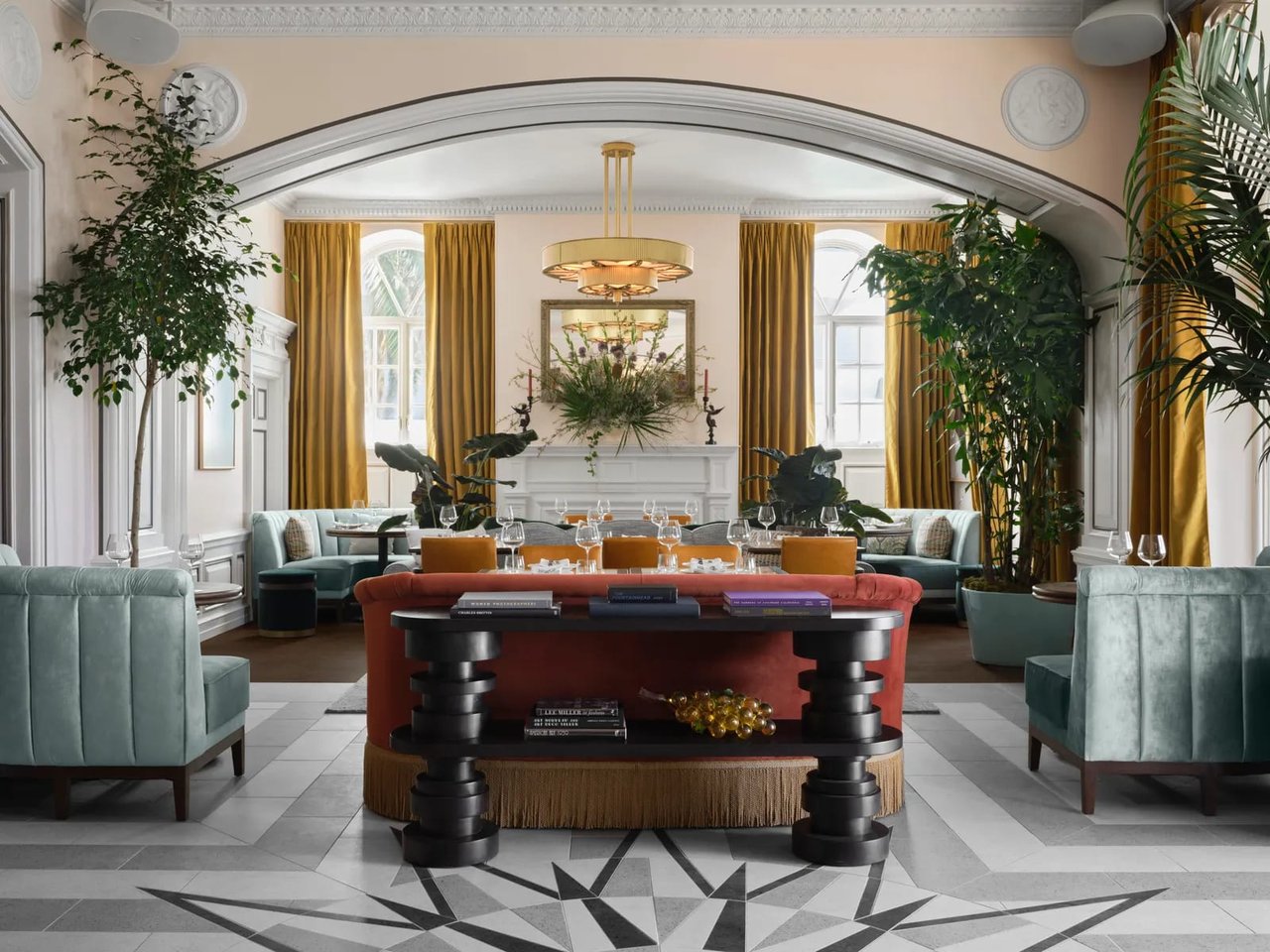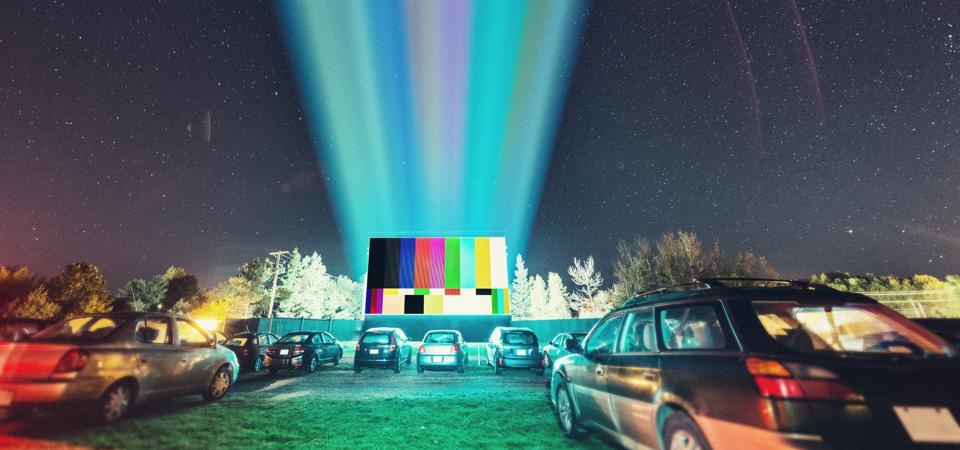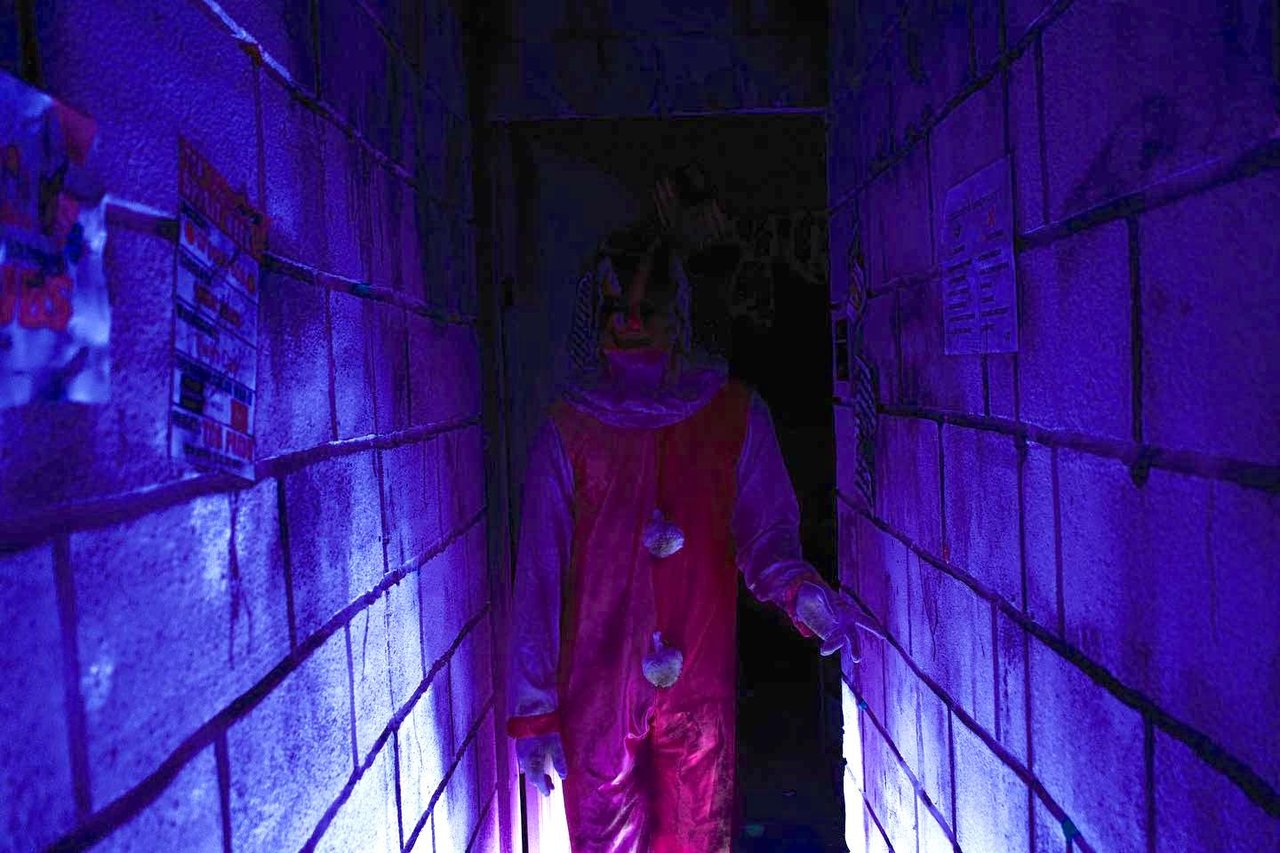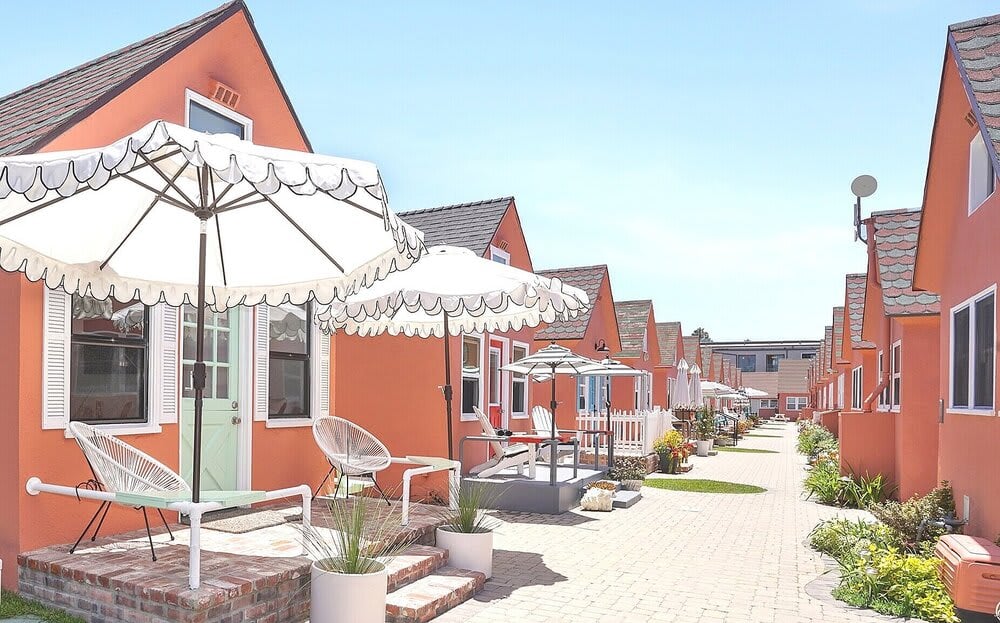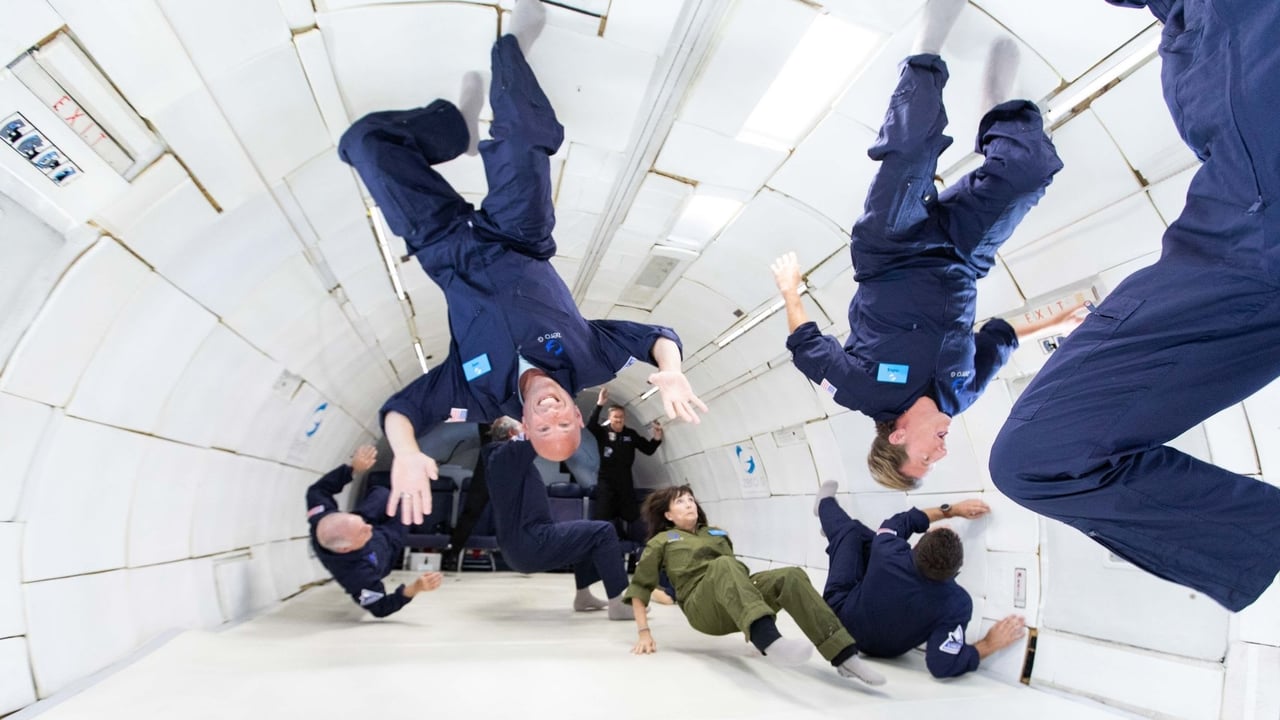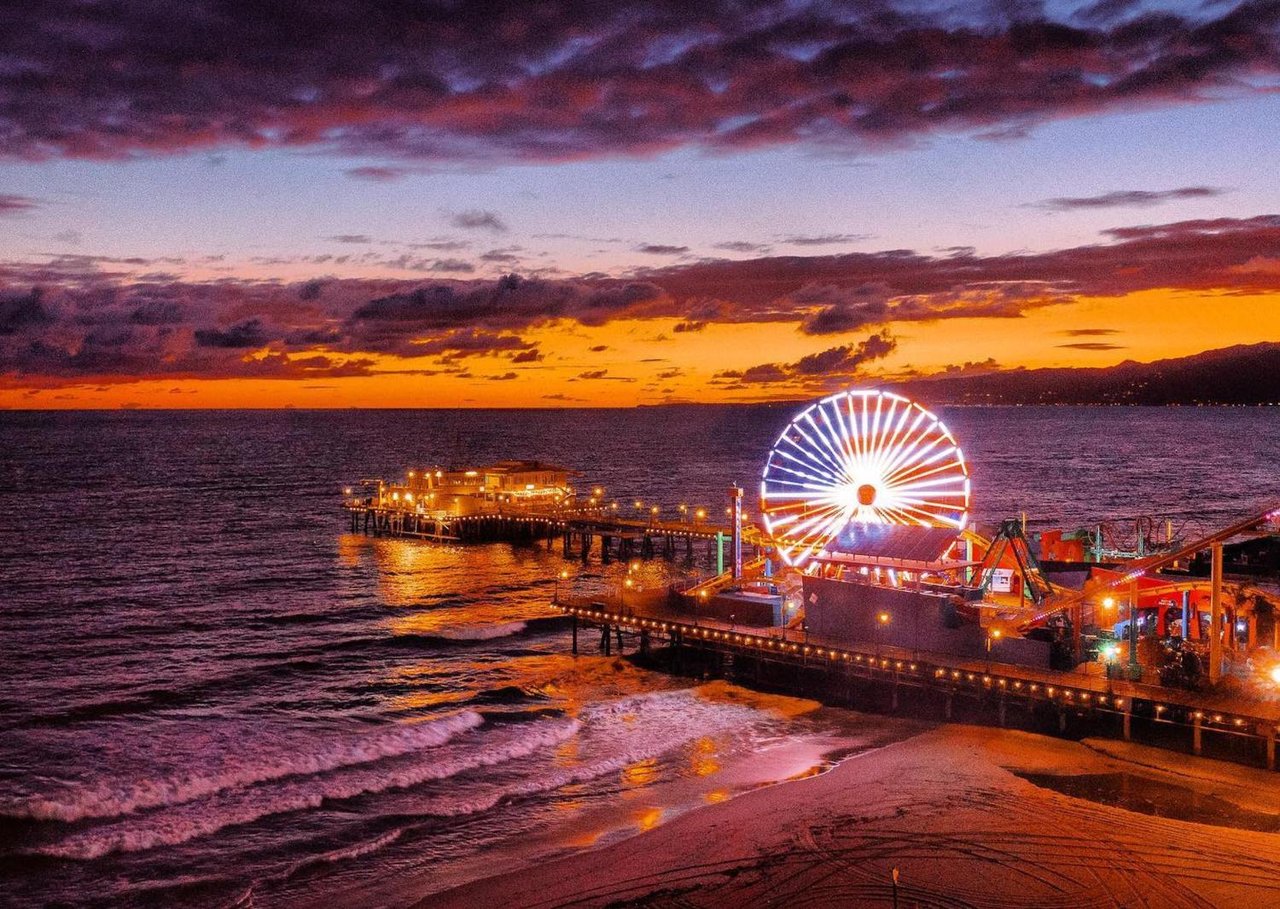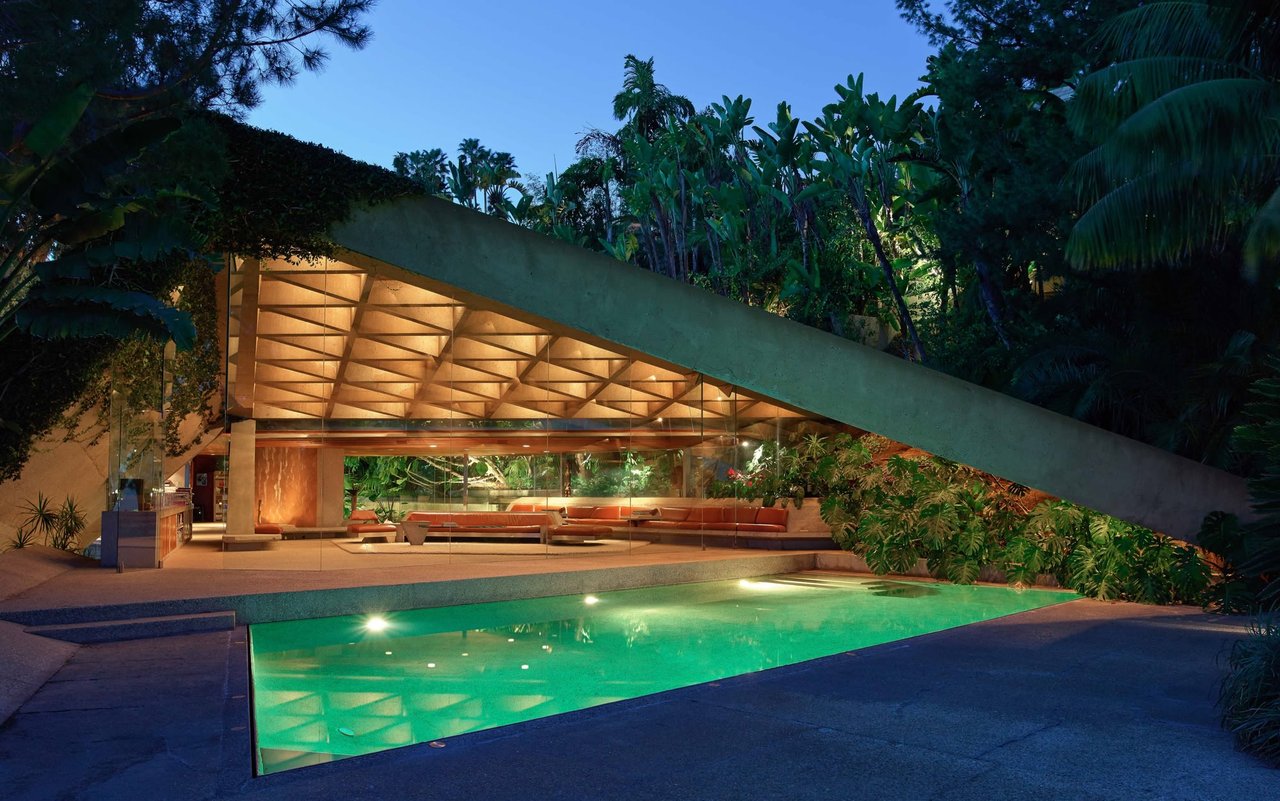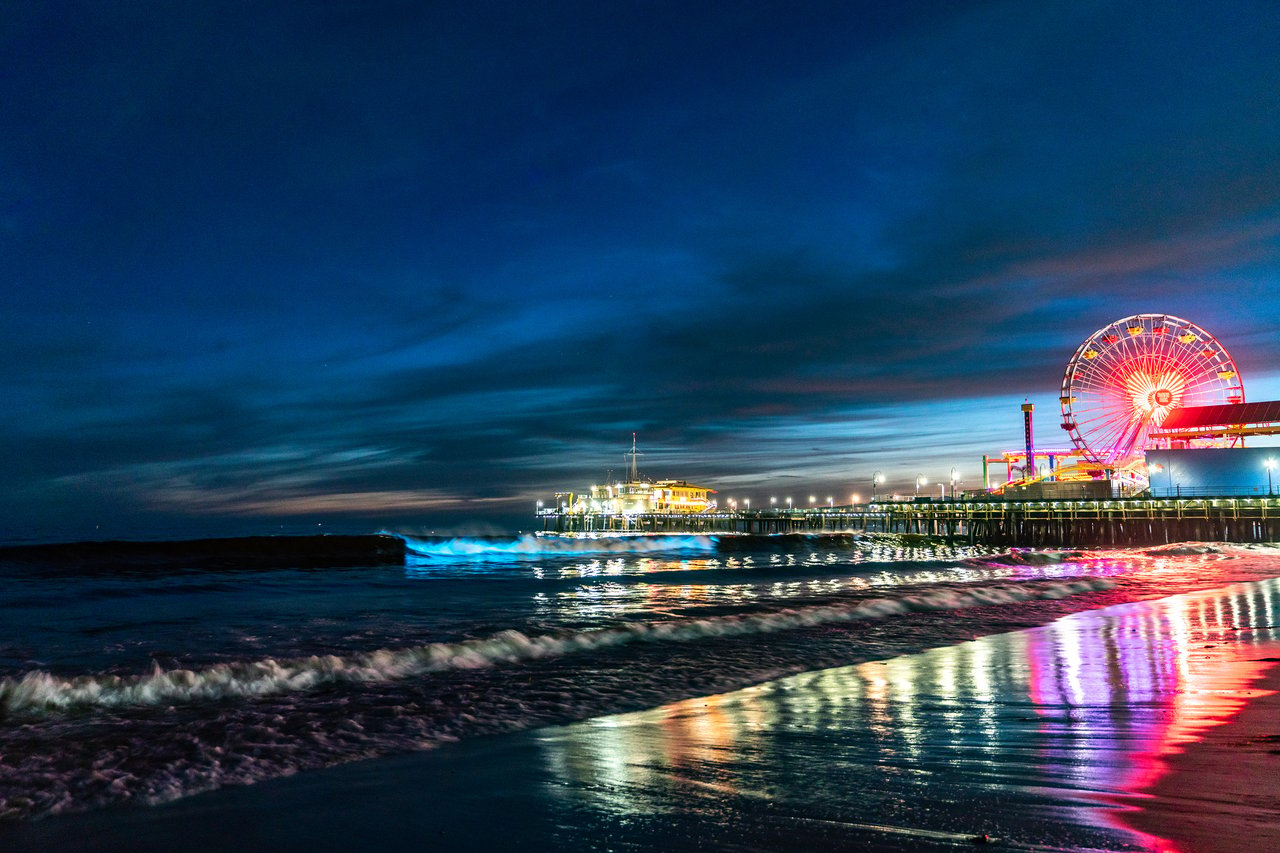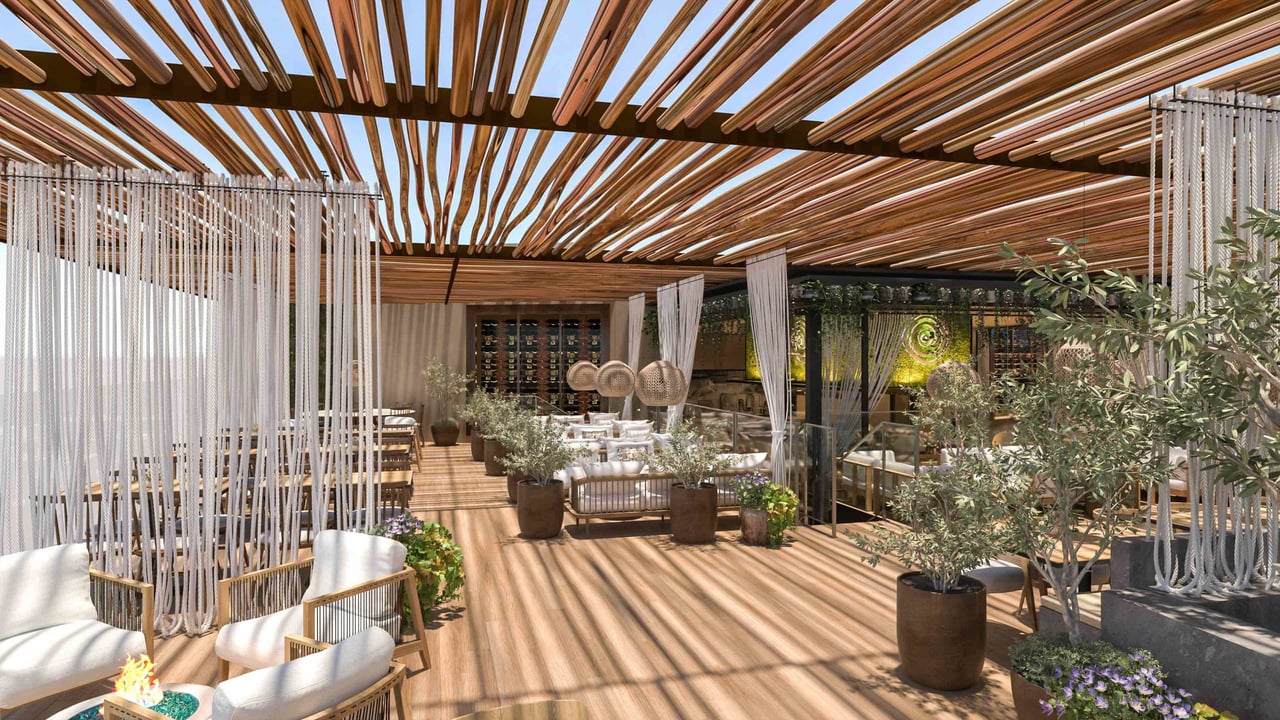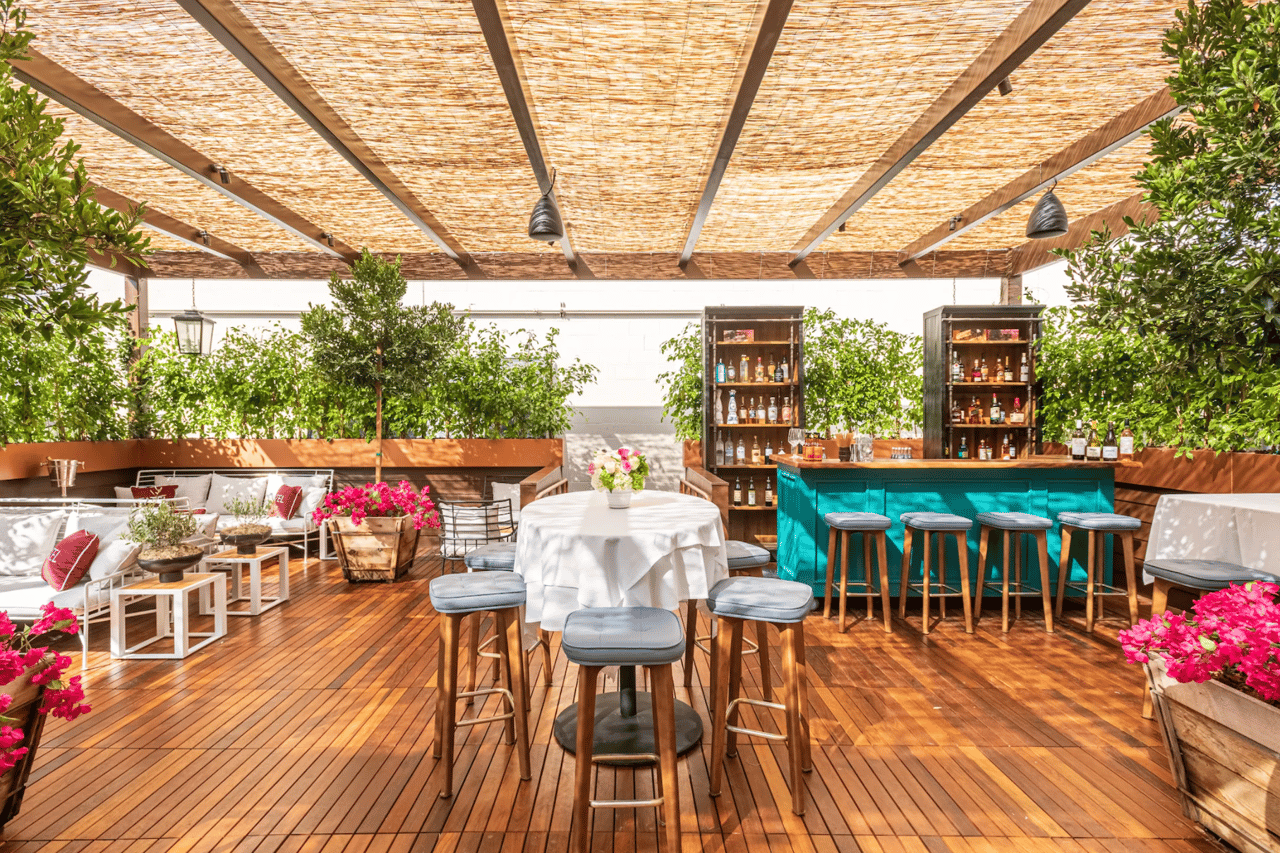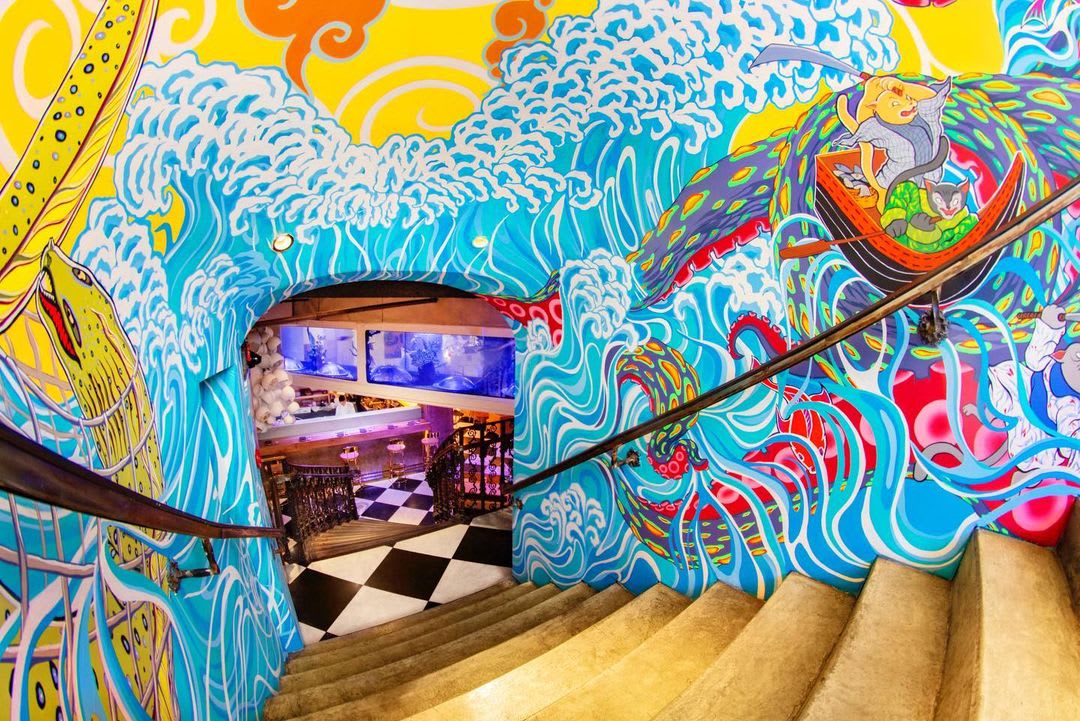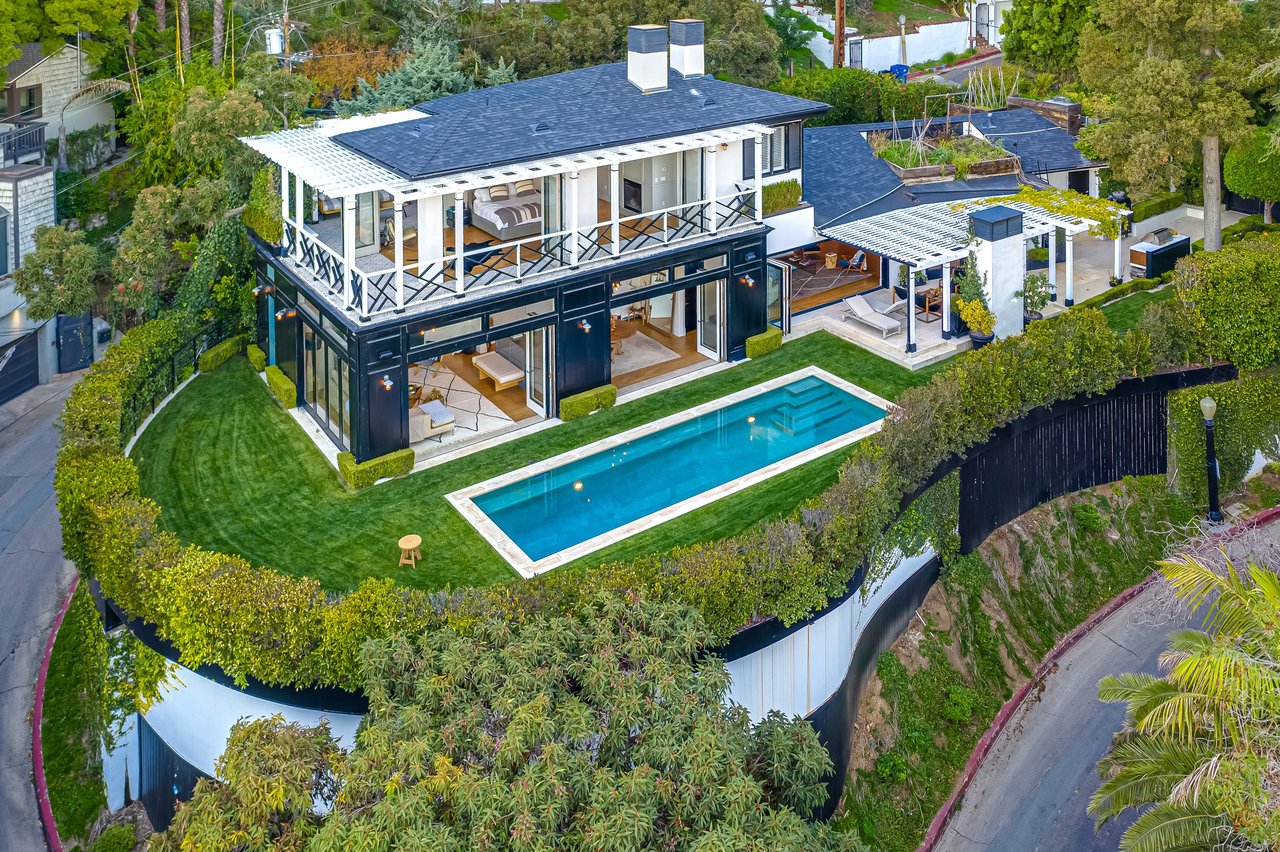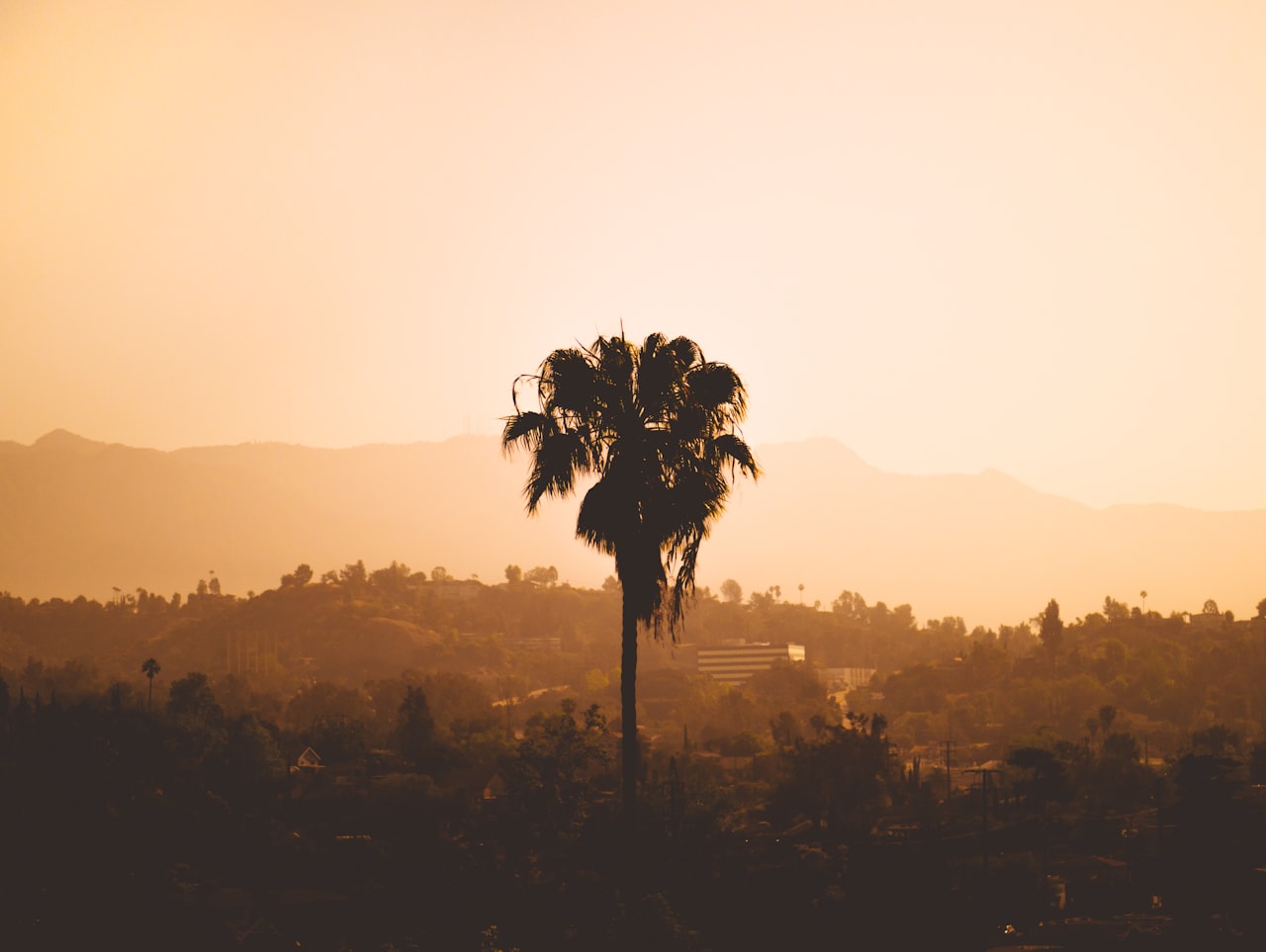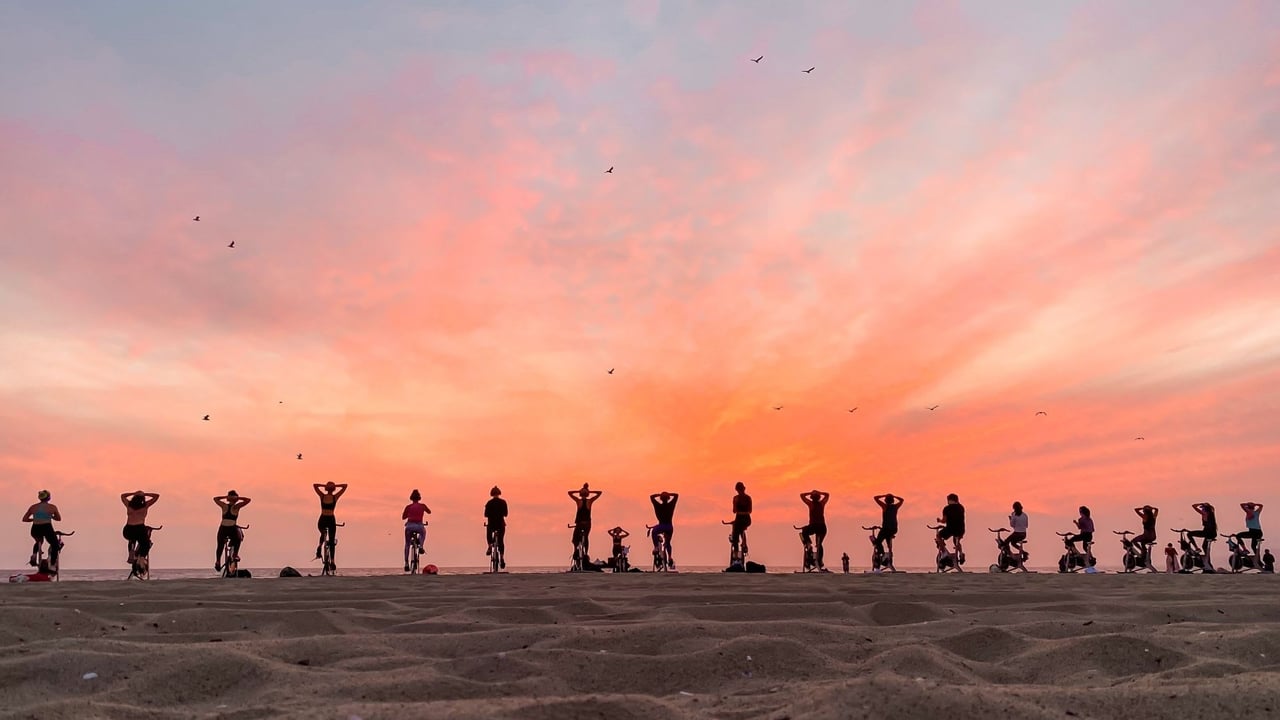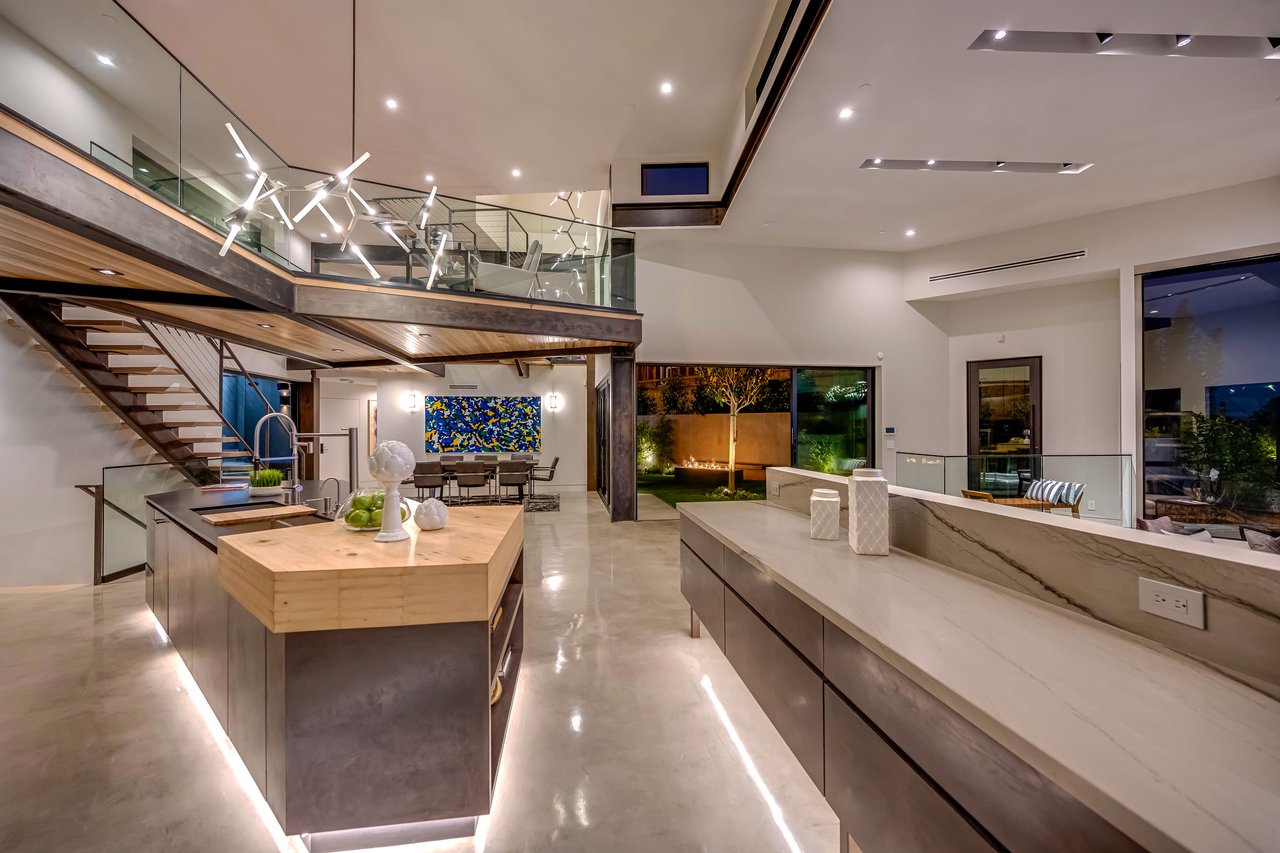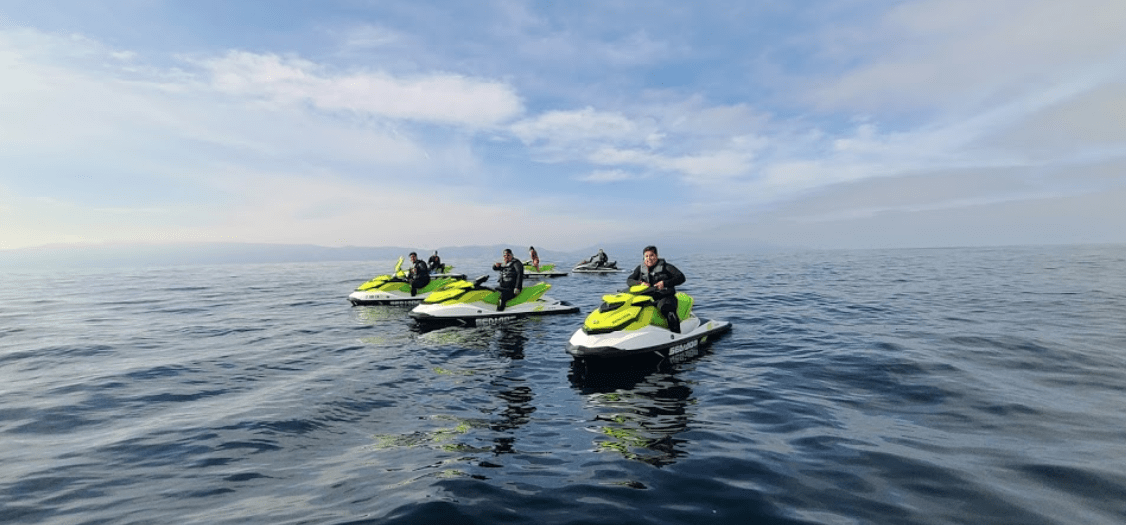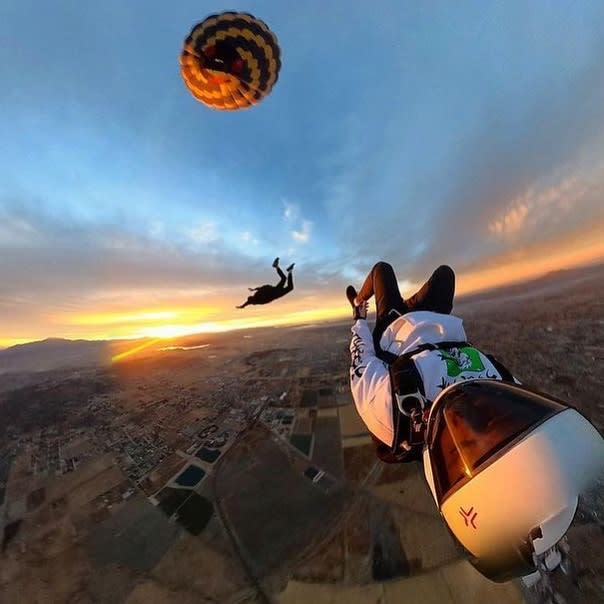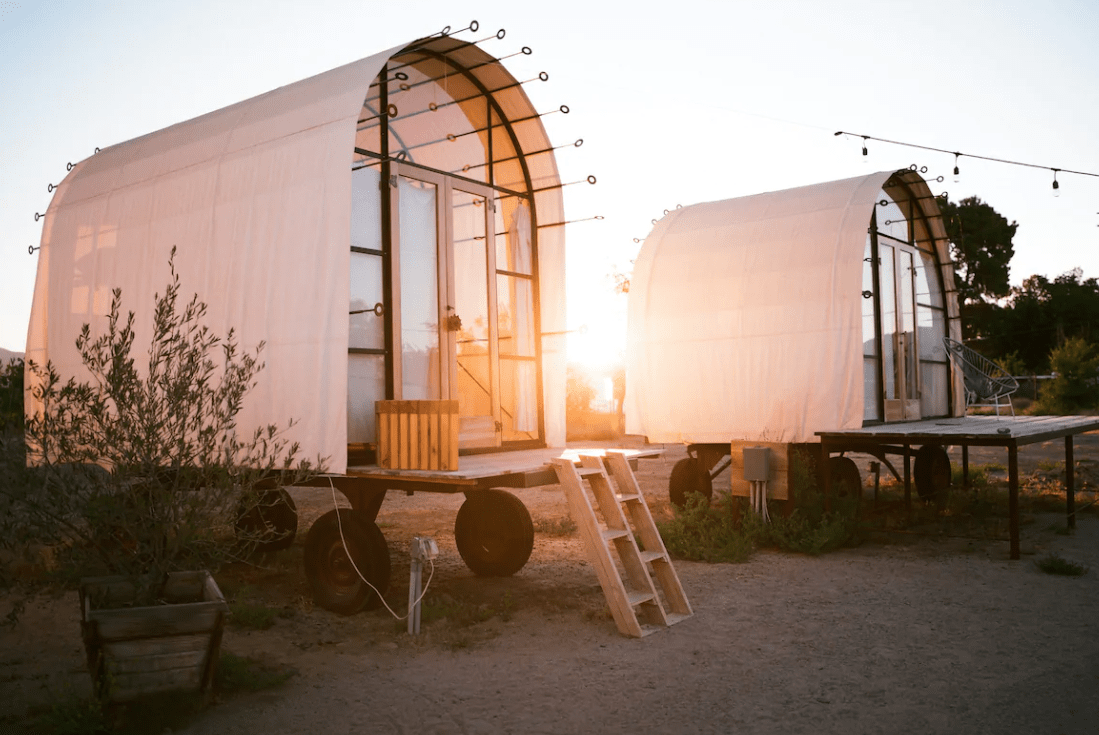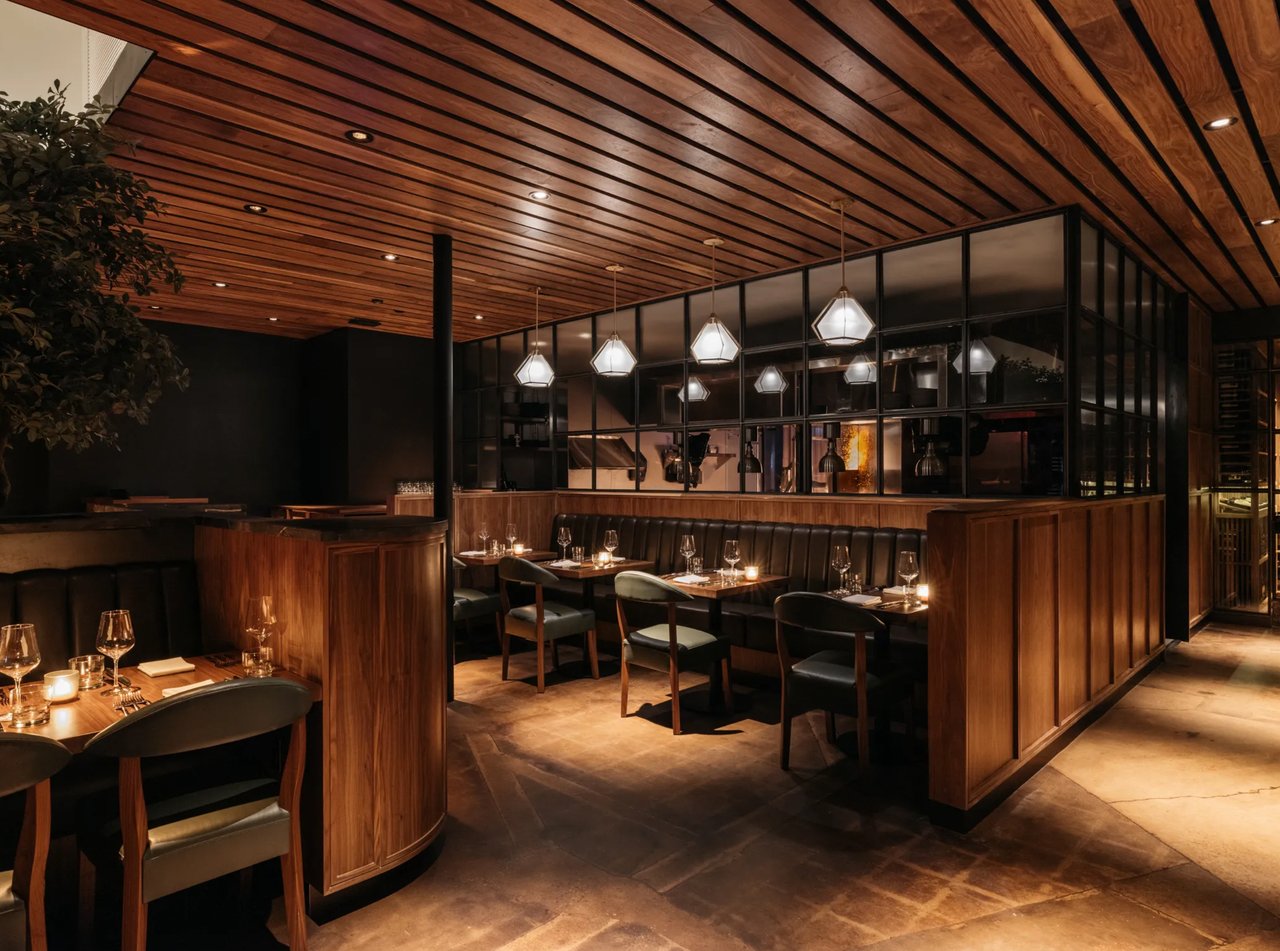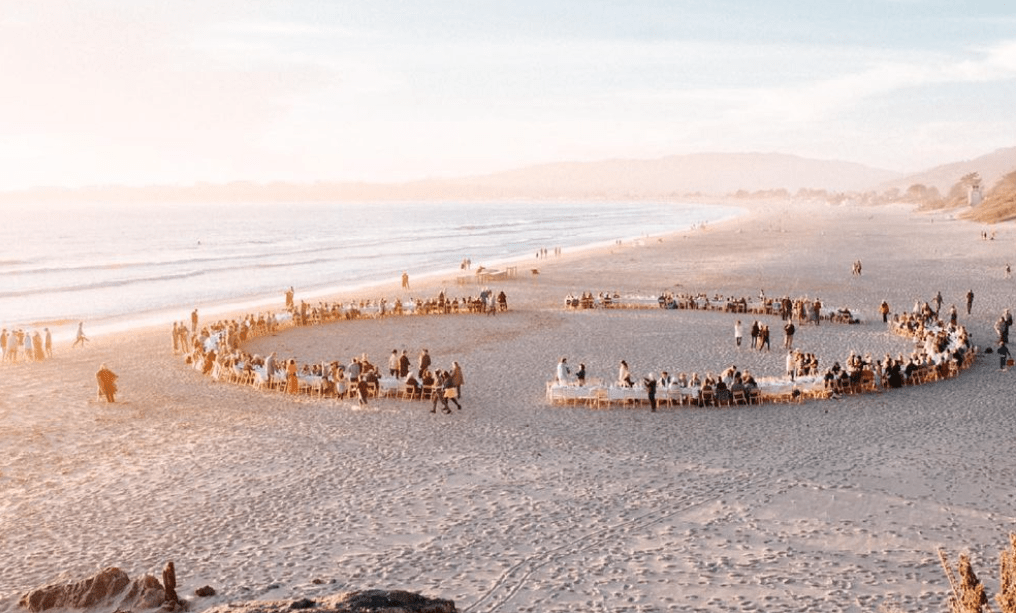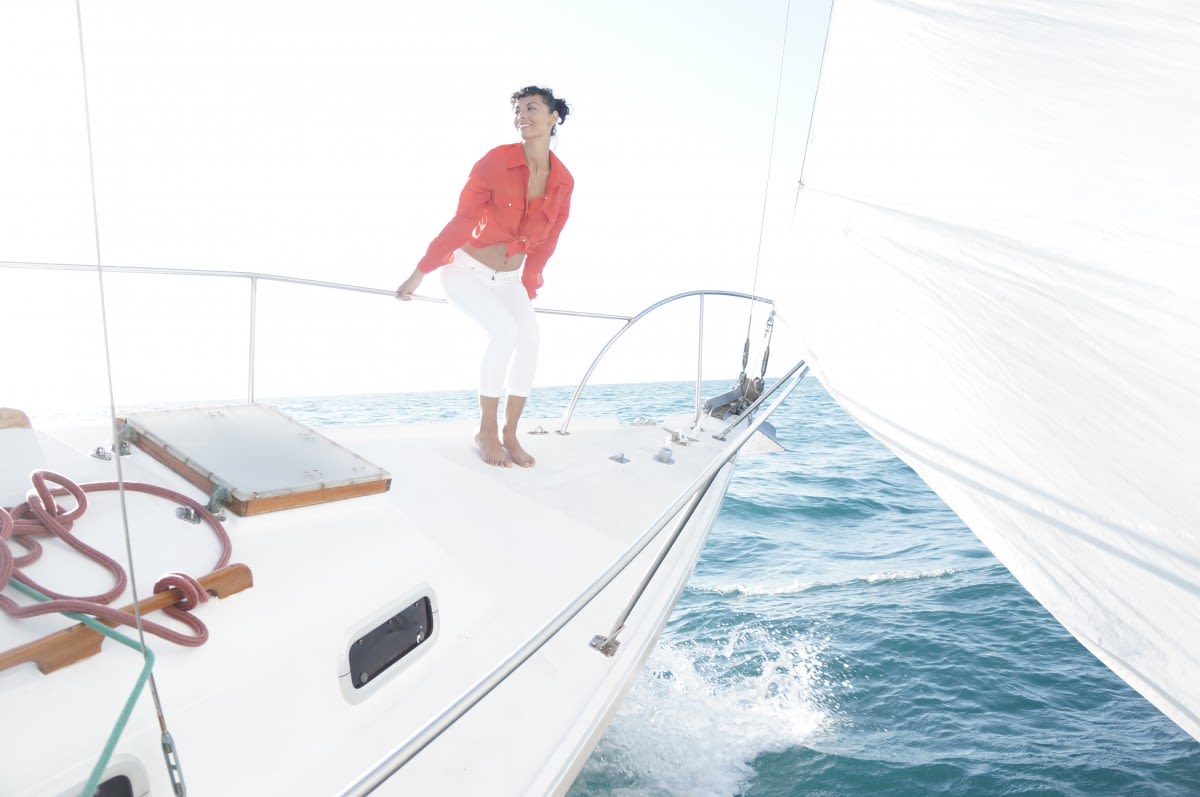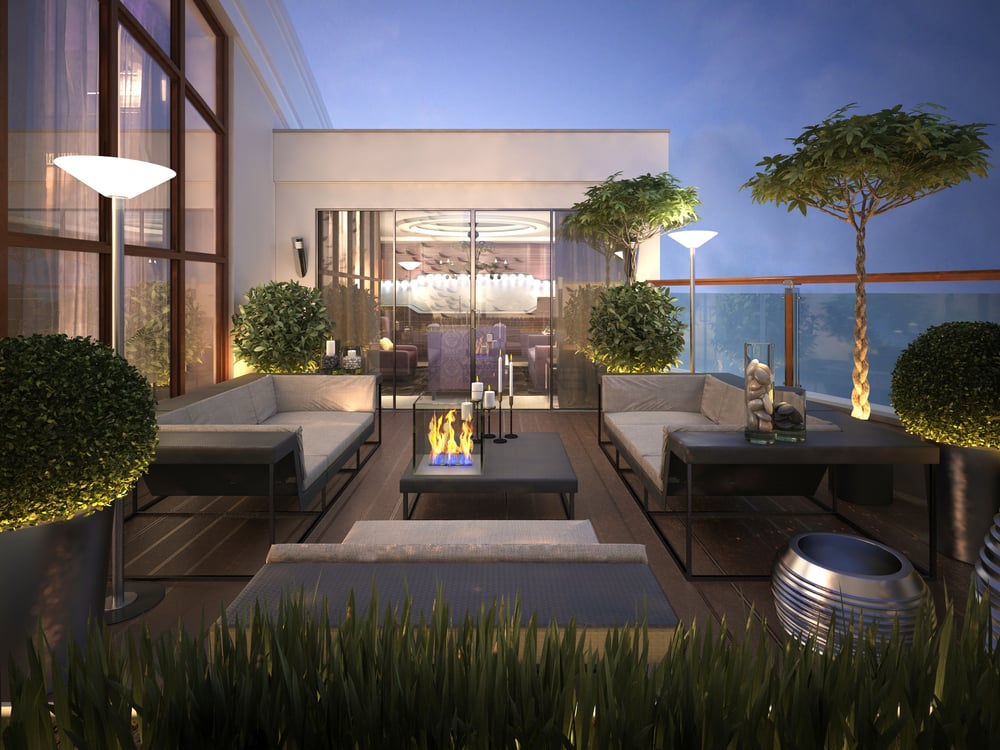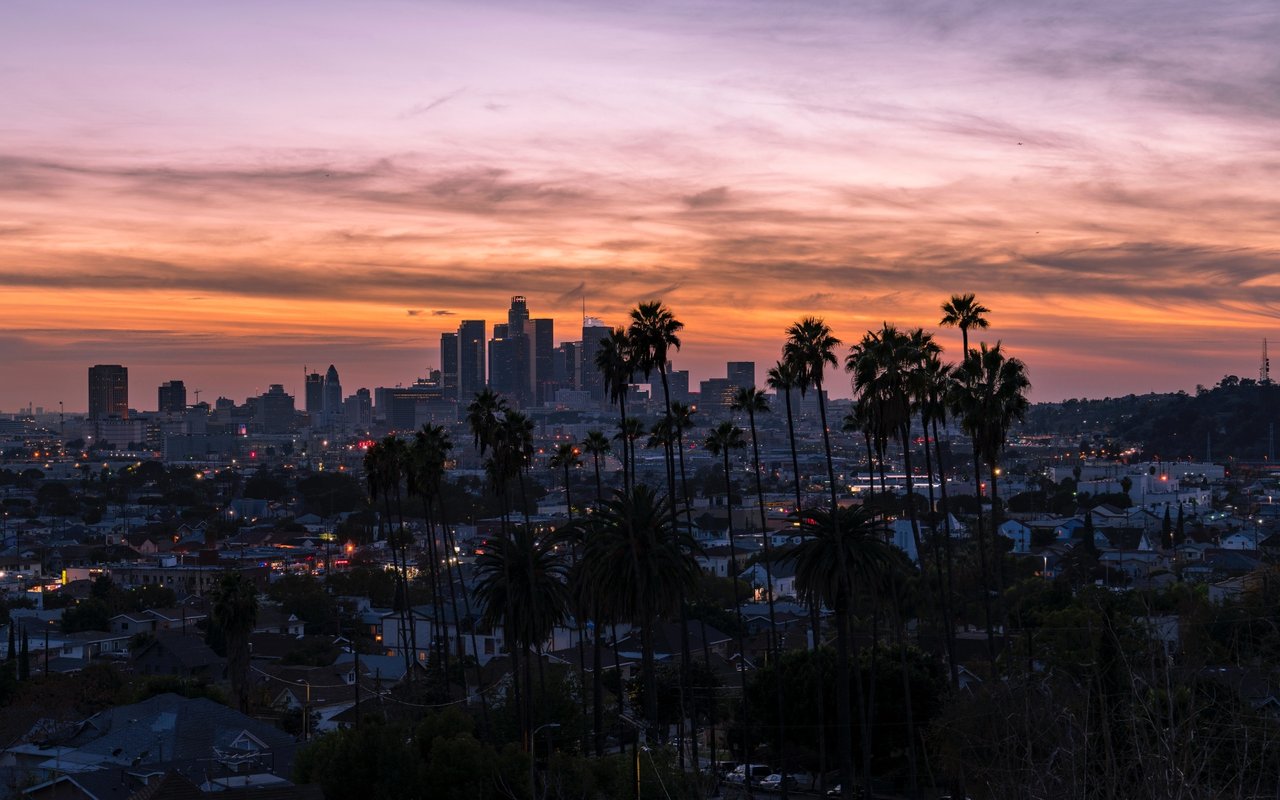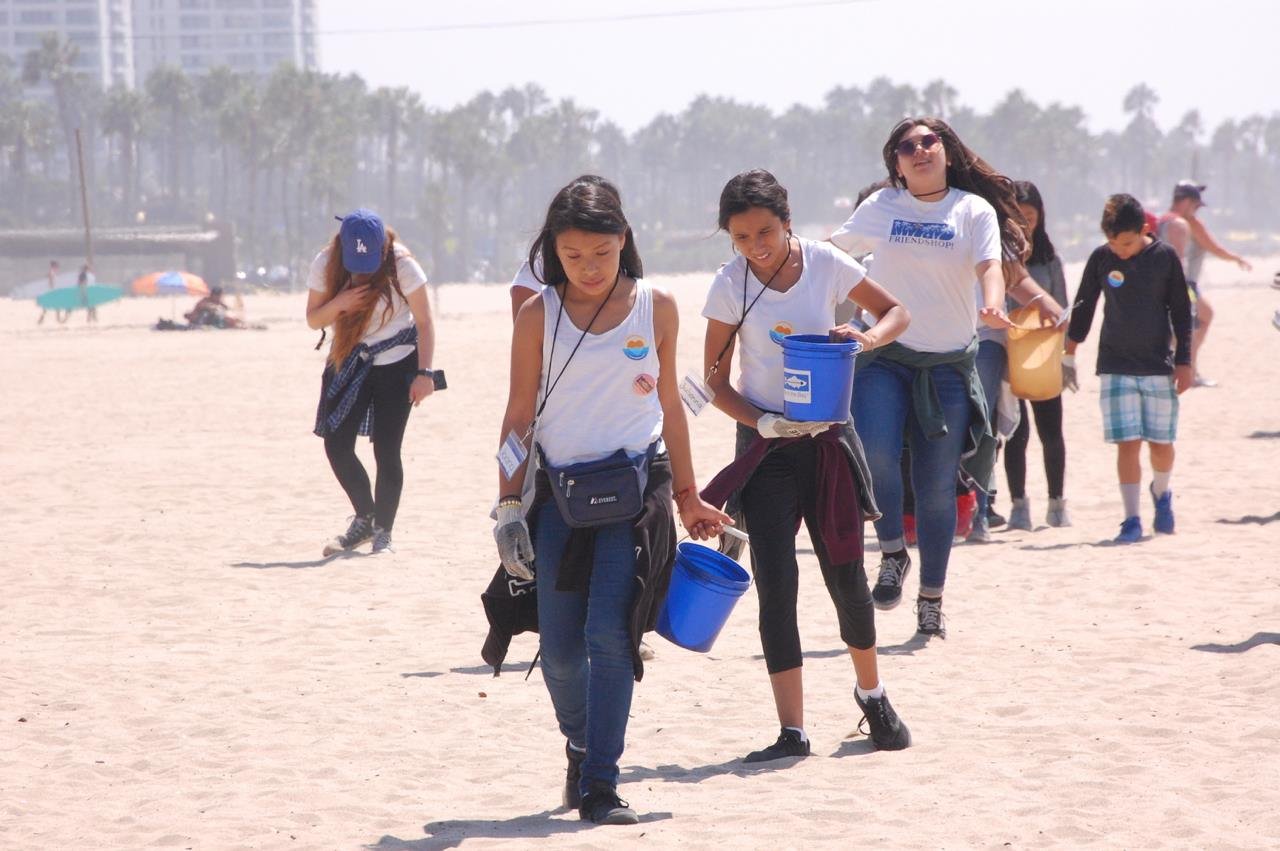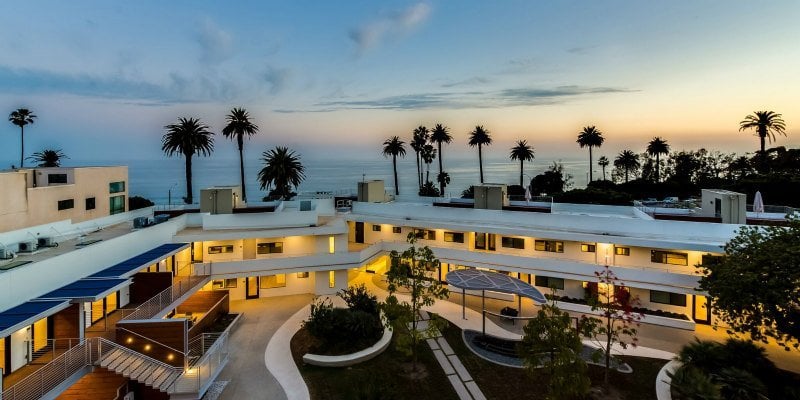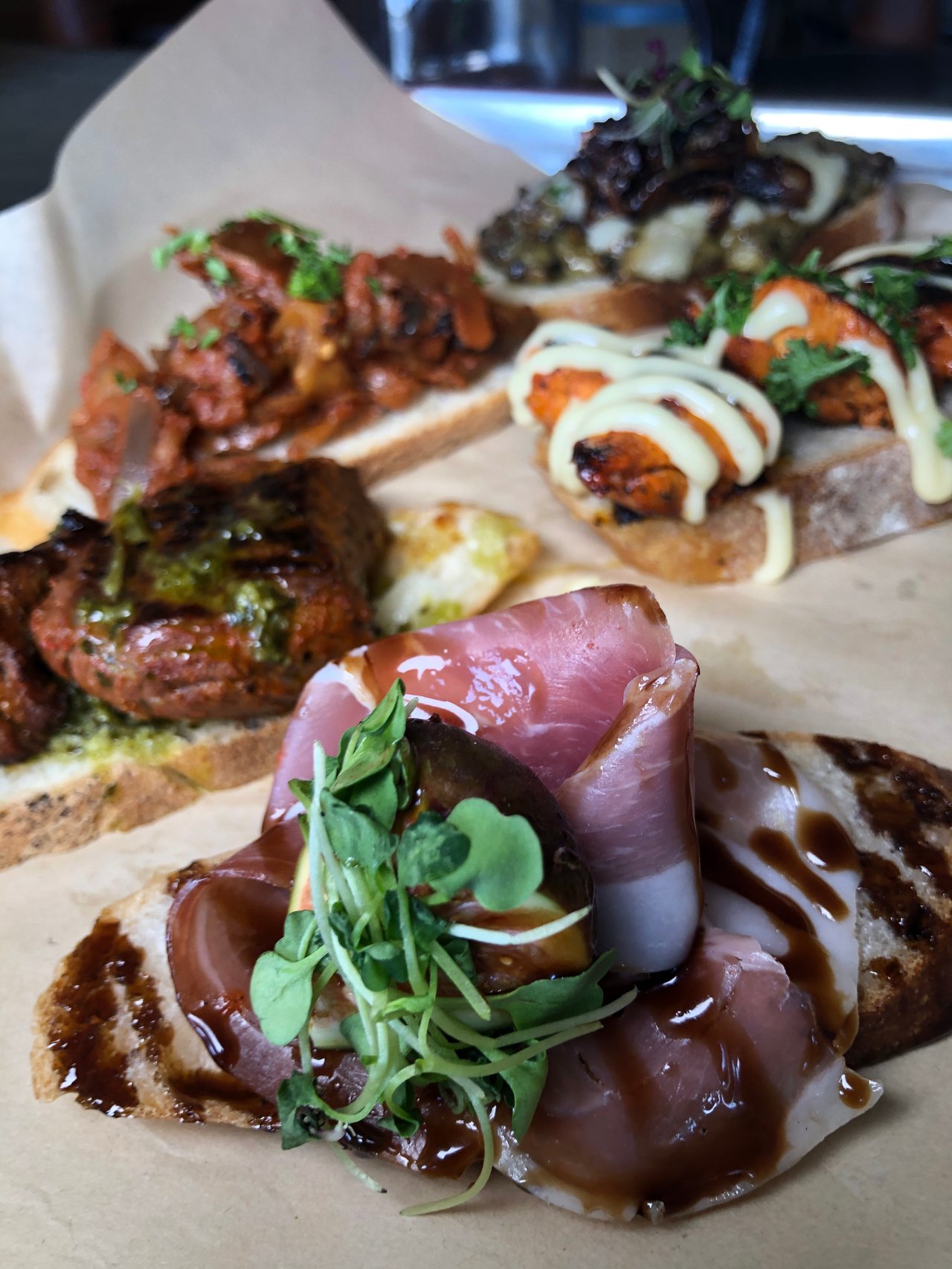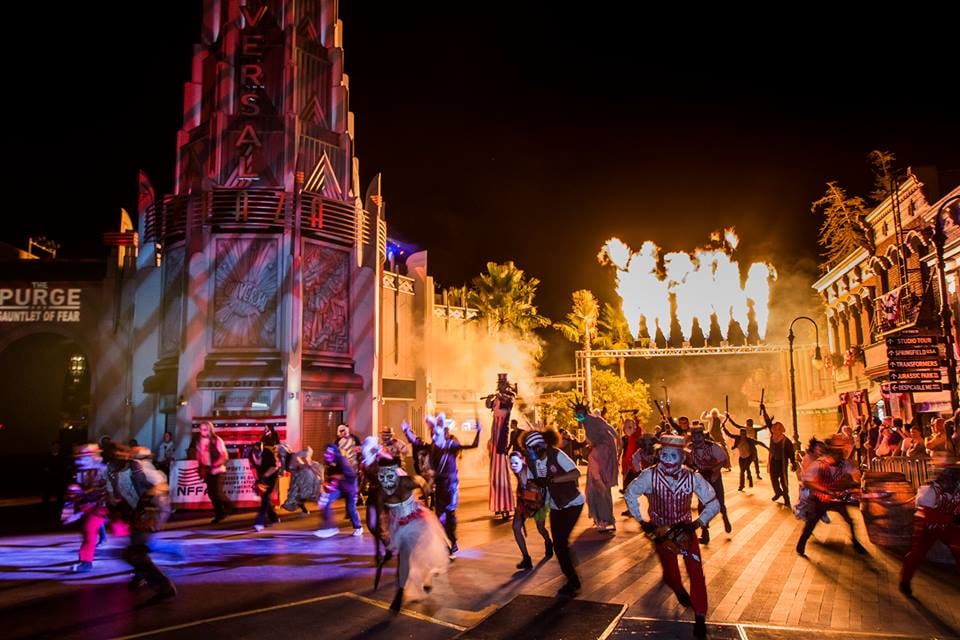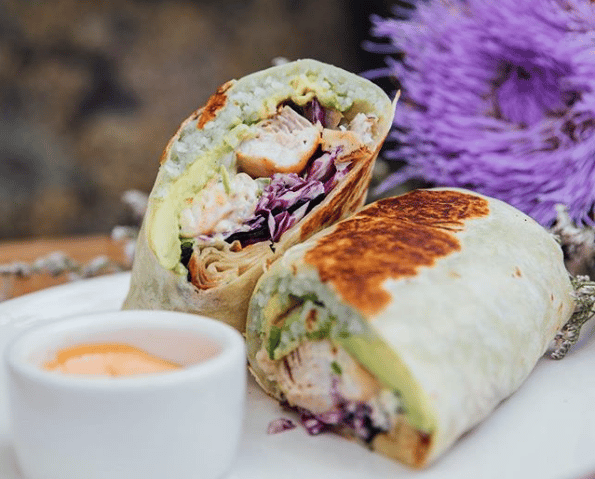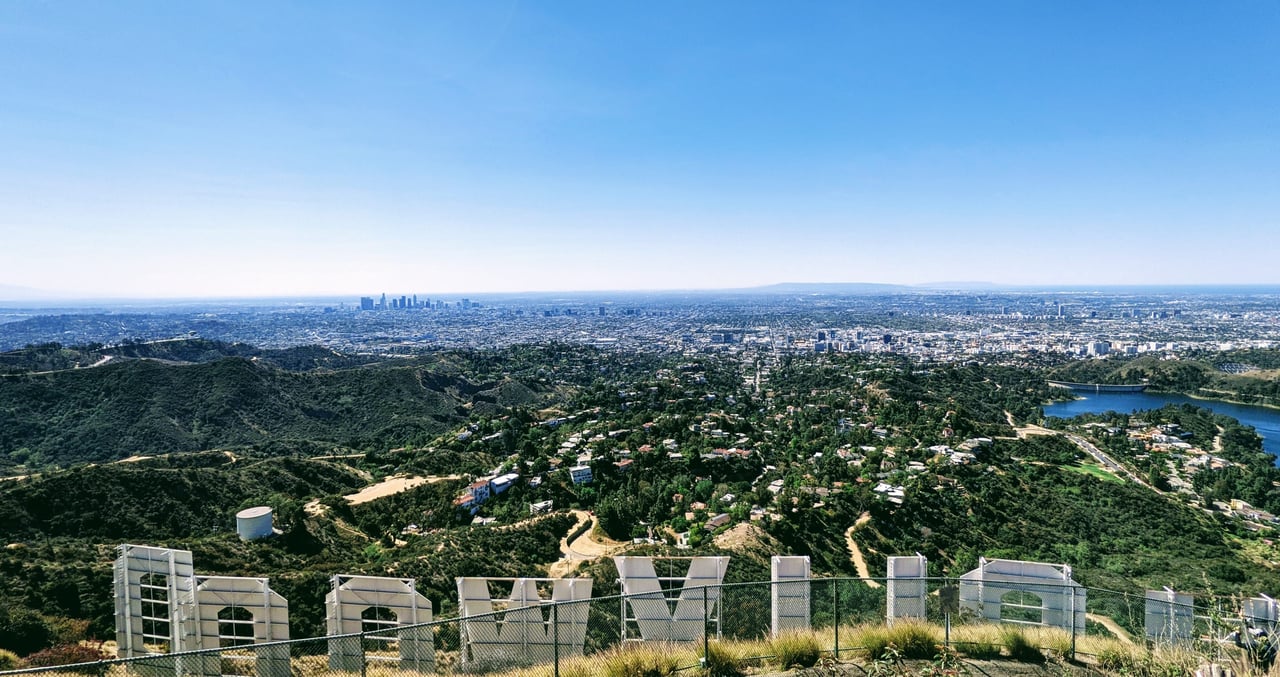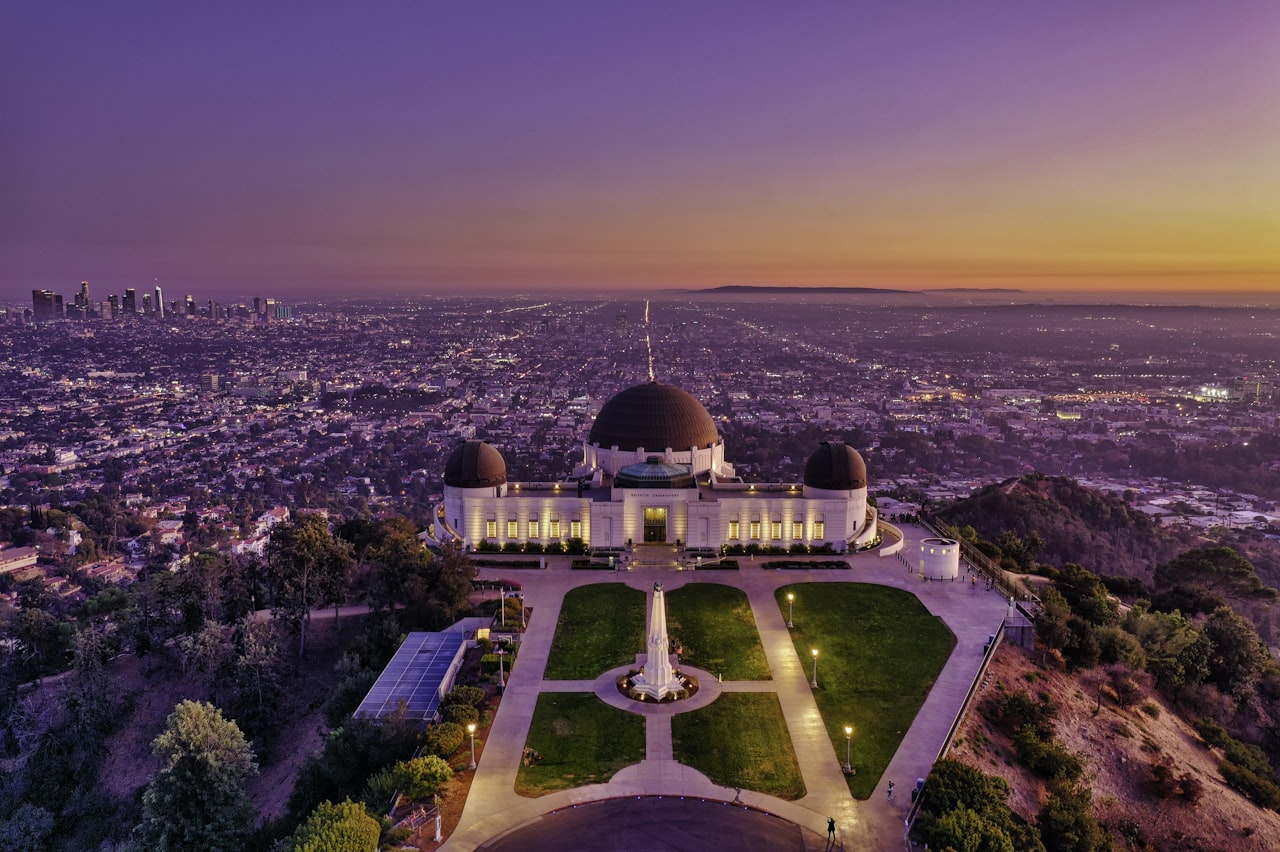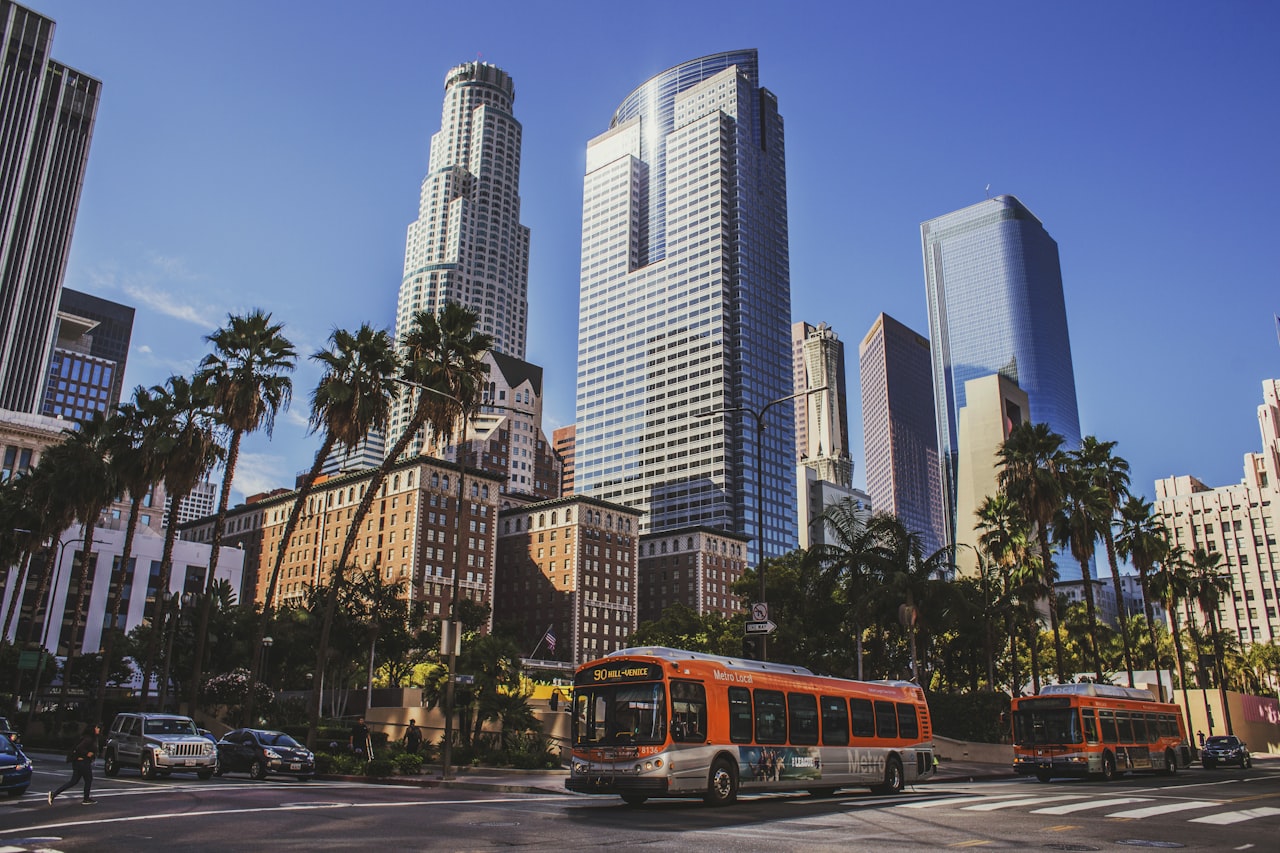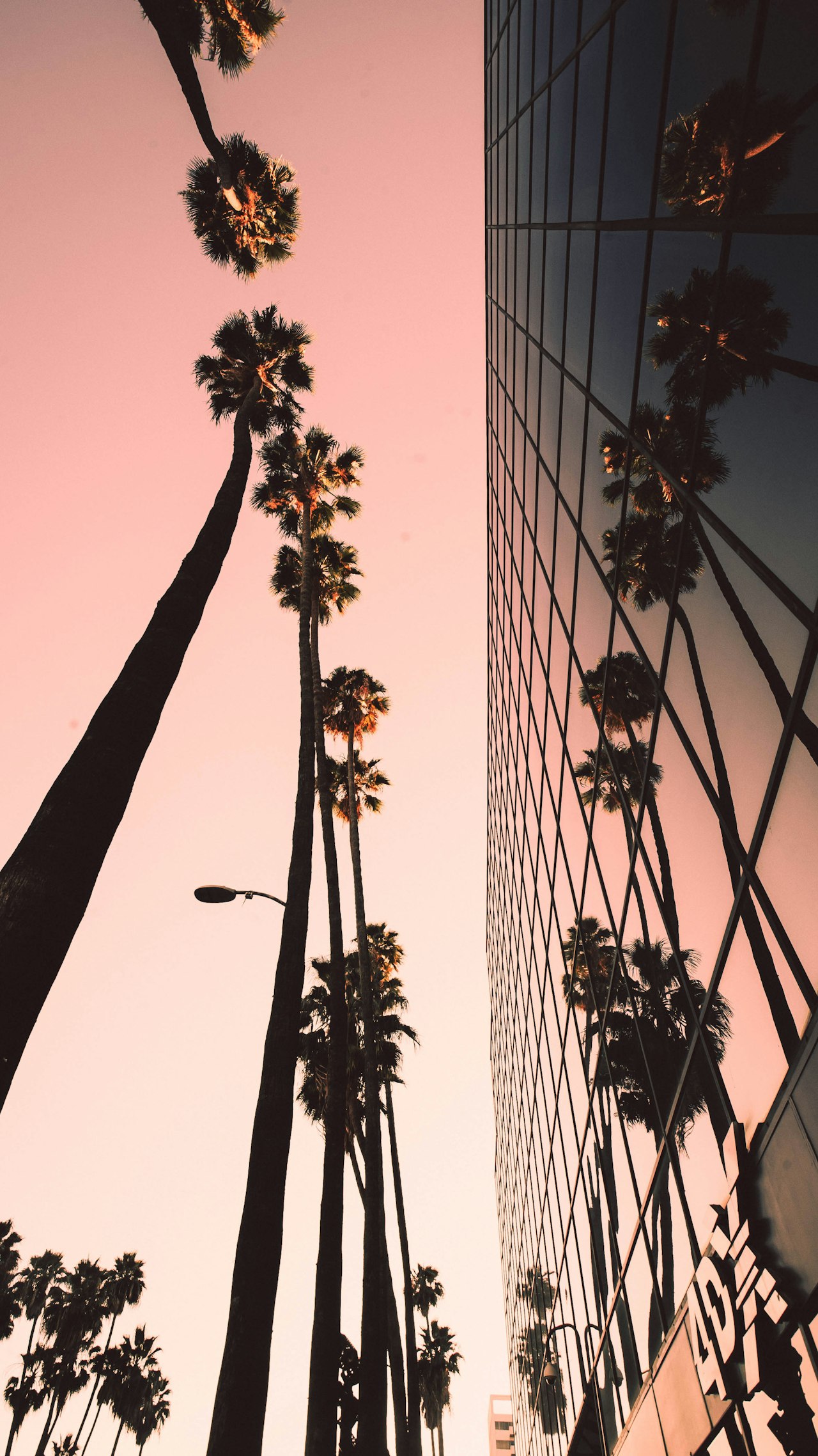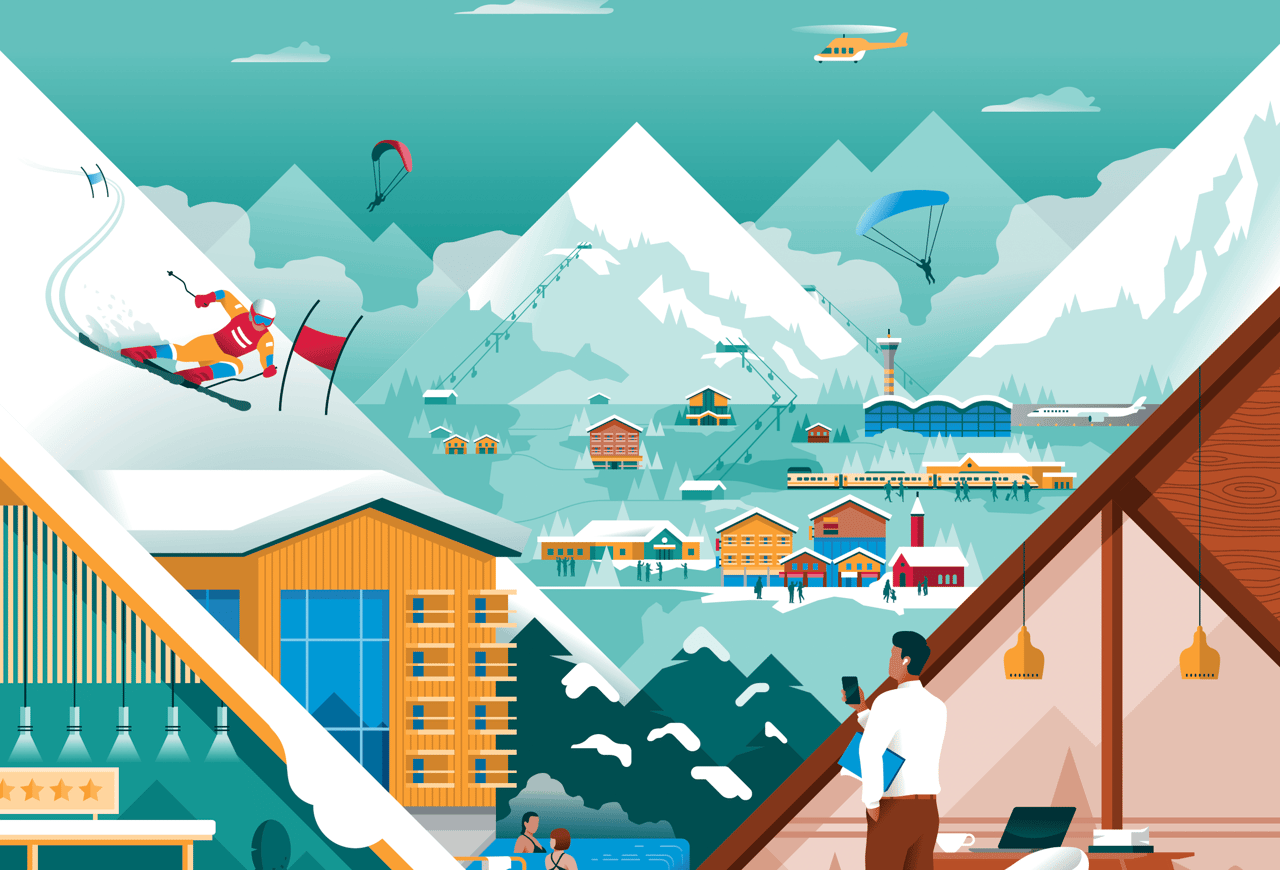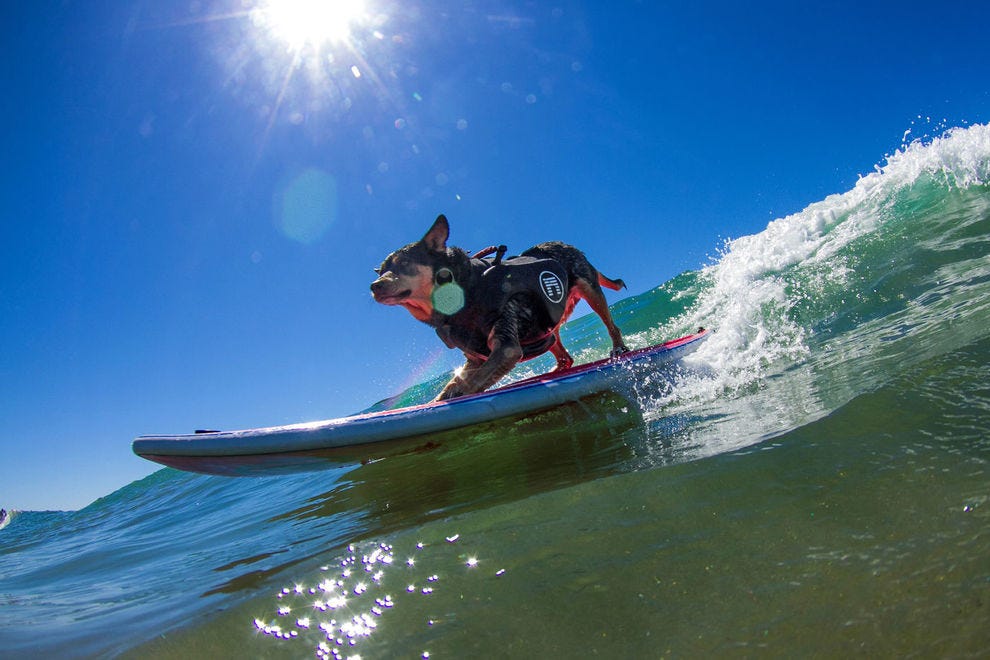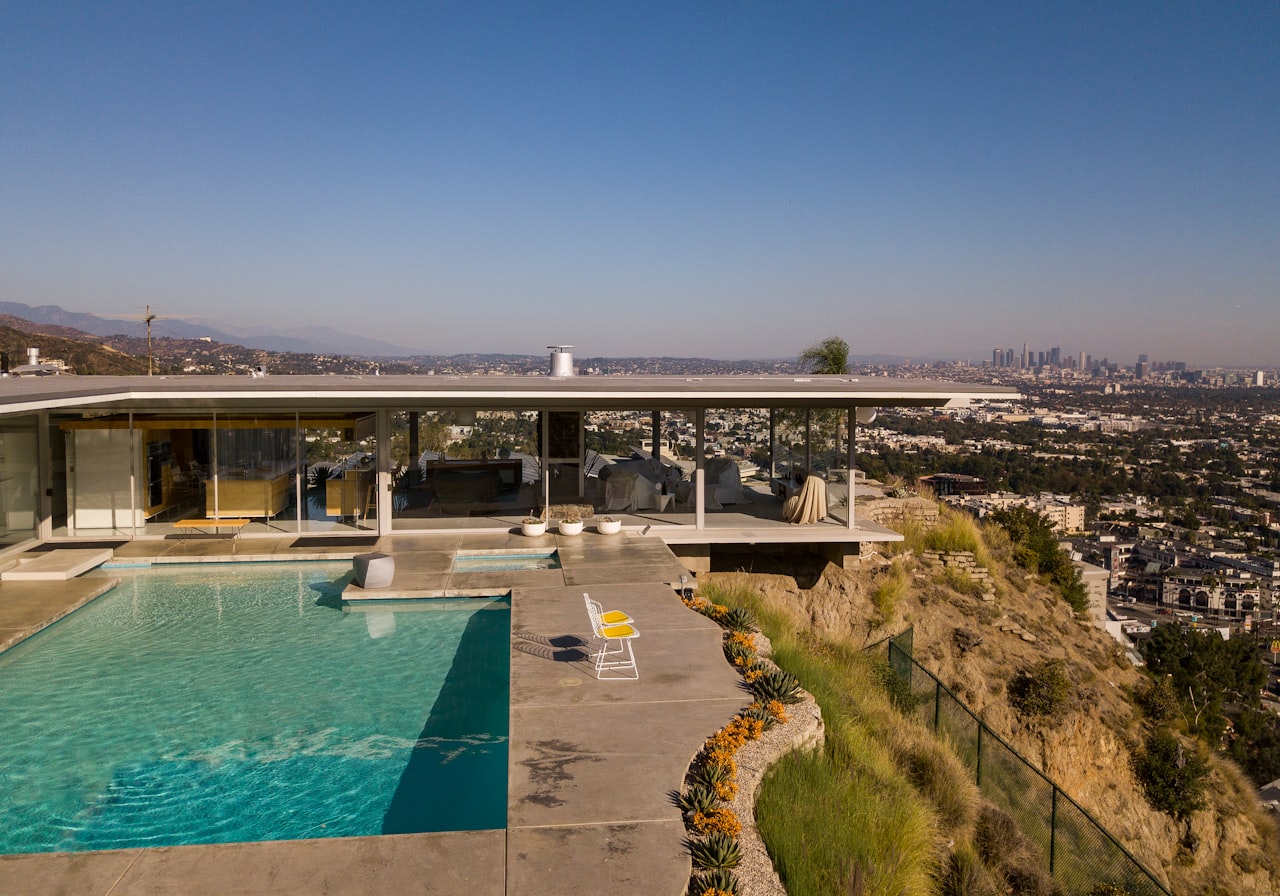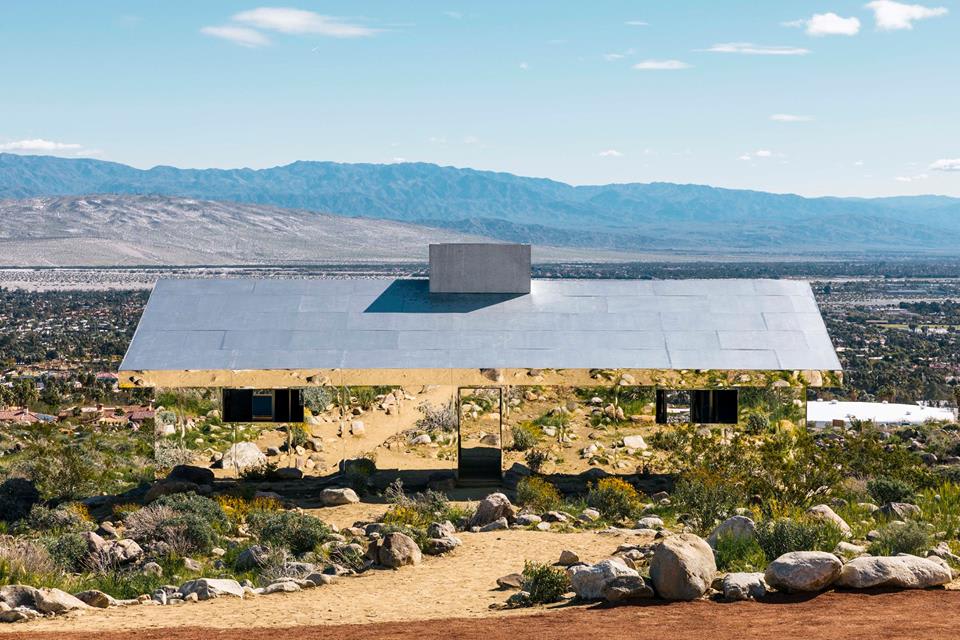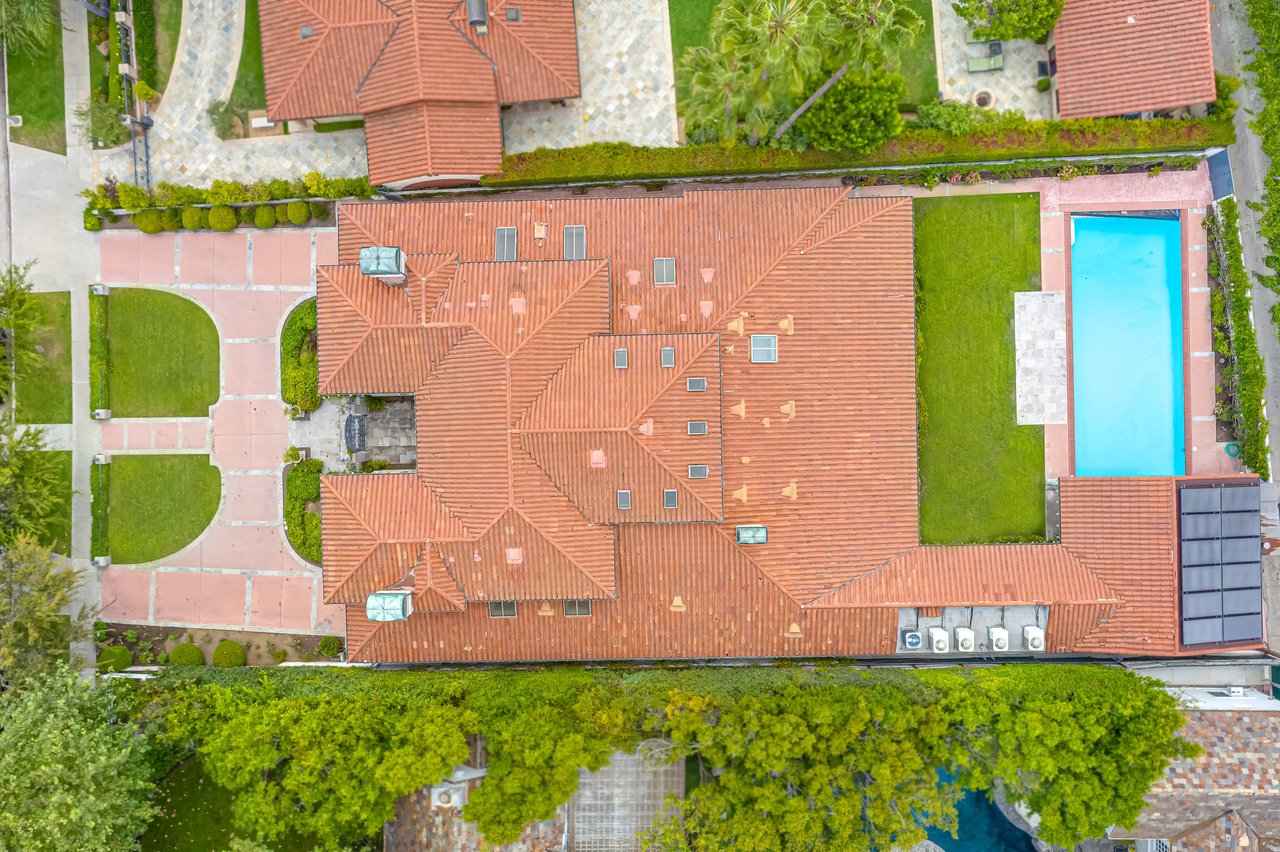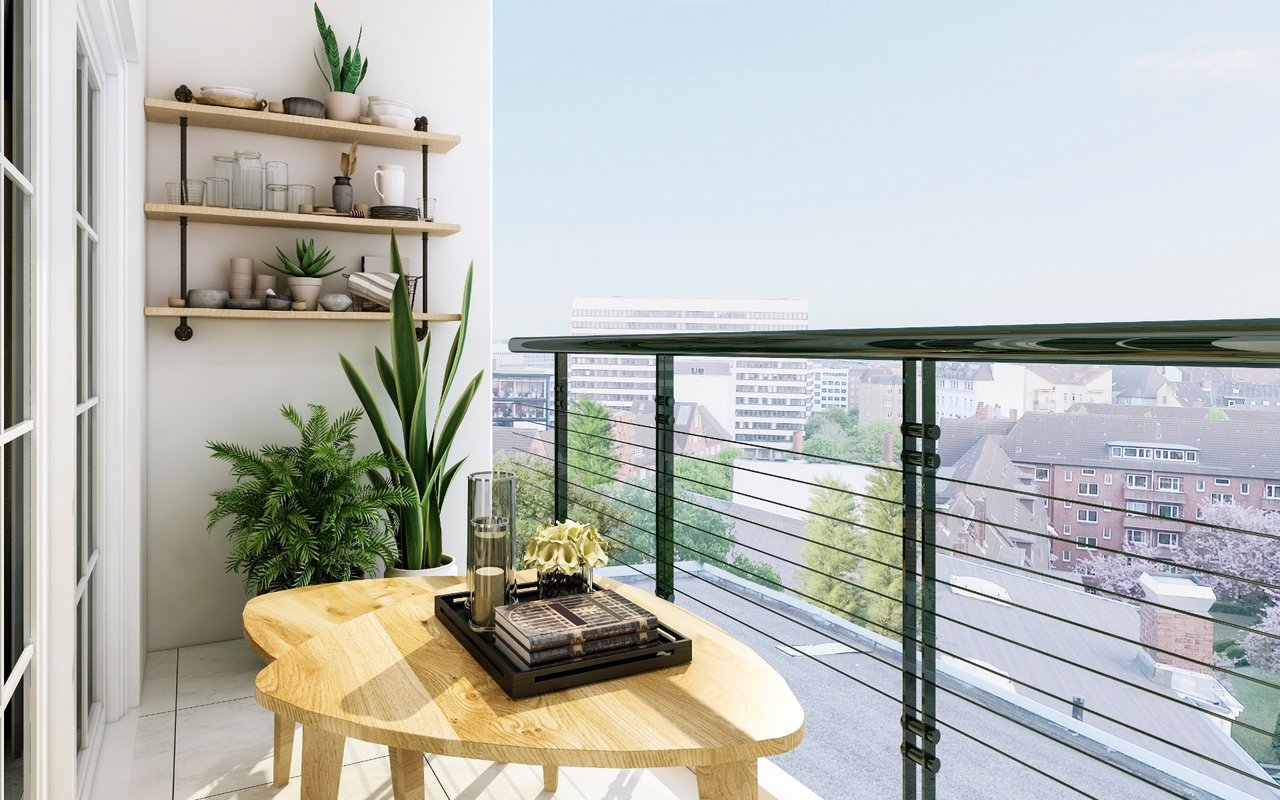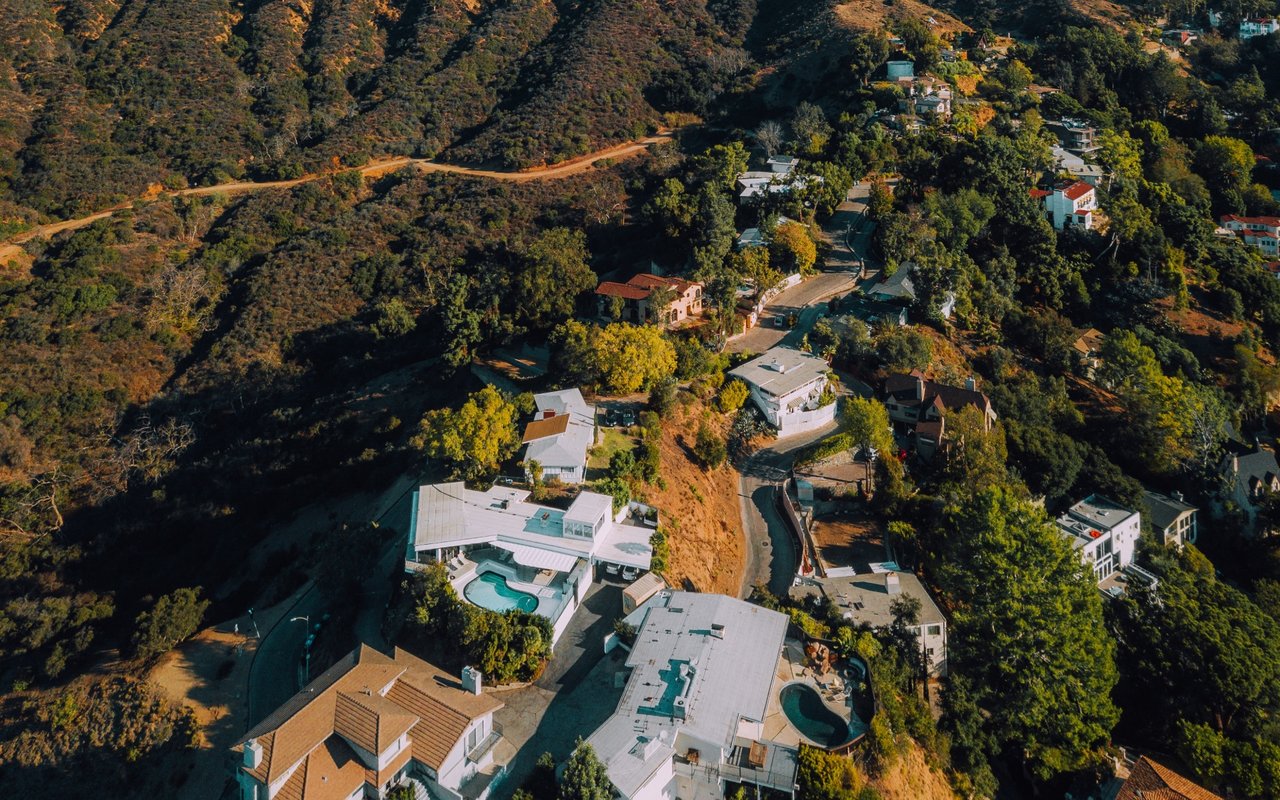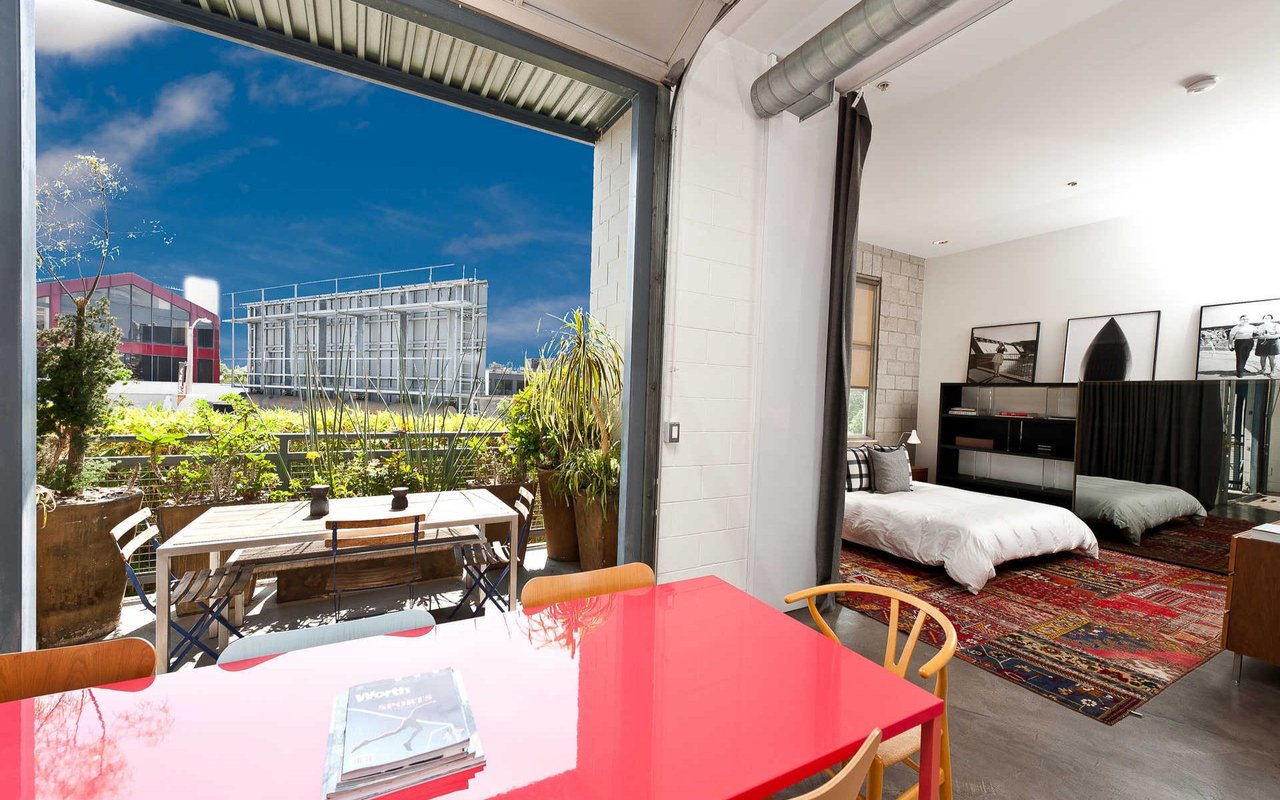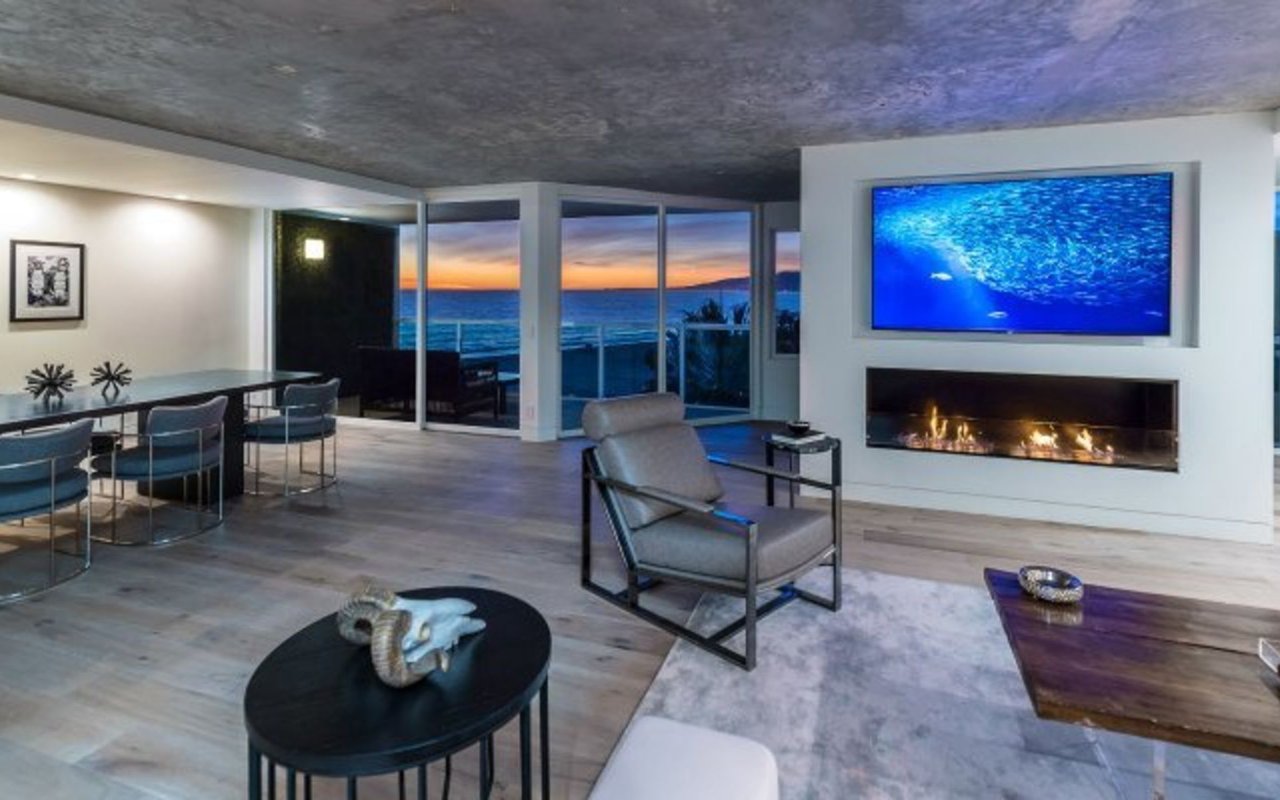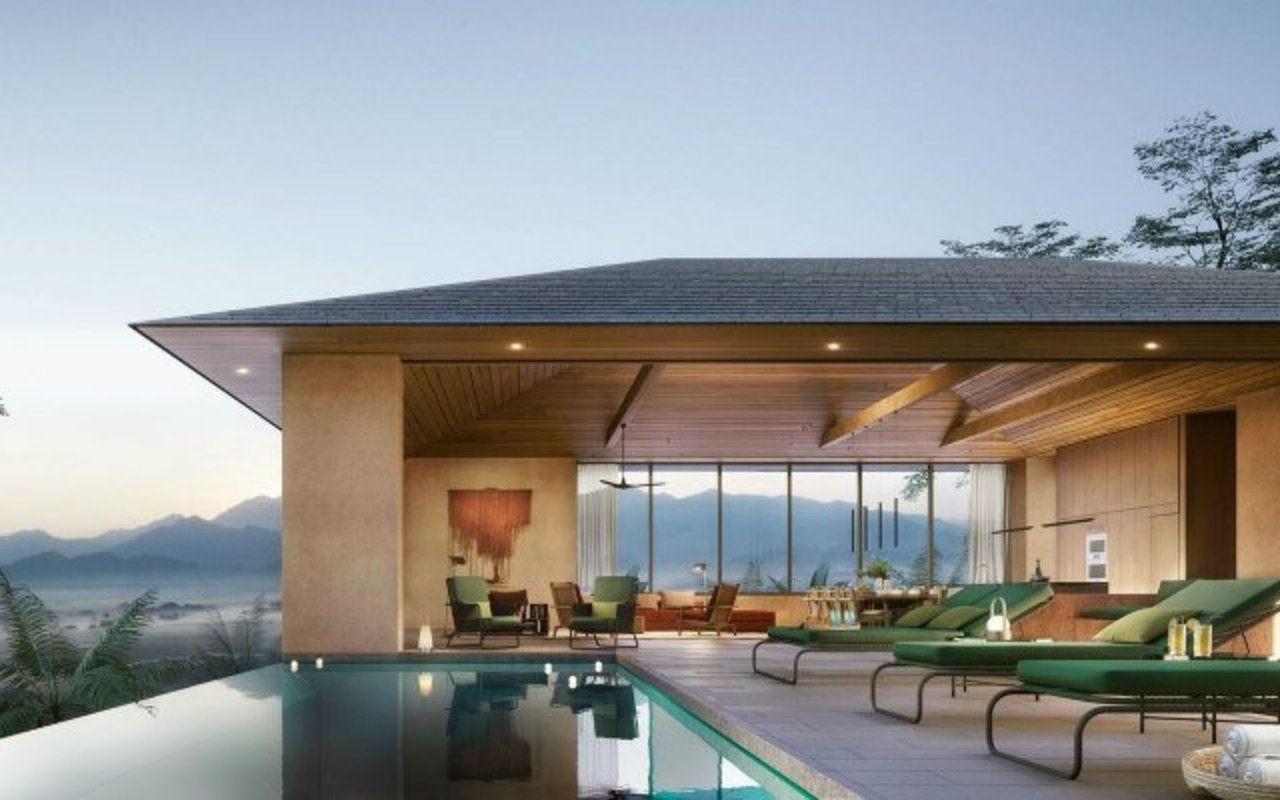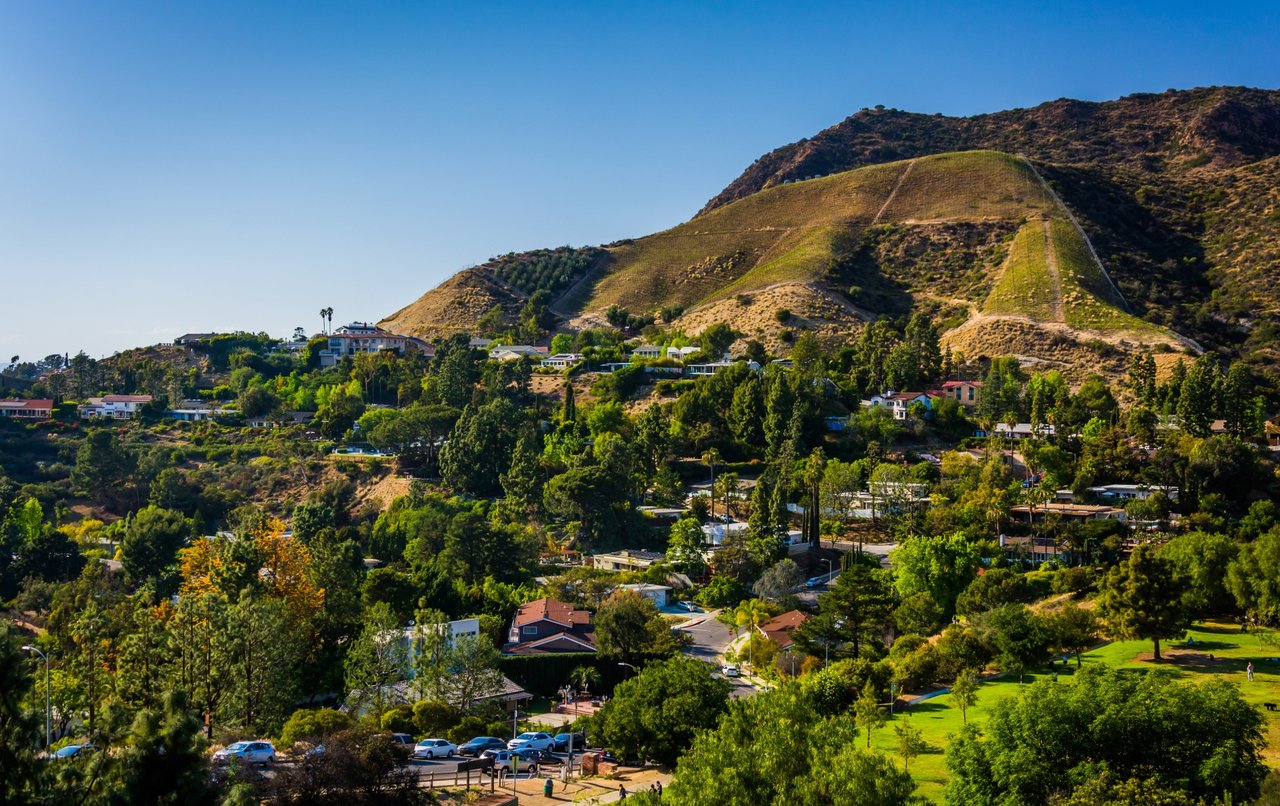“Todo tranqui” — it’s all good! — is a phrase you get used to hearing when you spend time in Uruguay. This small country has a laid-back vibe that’s like Xanax for the soul, plus some of the best beaches in South America to boot.
Exploring them usually means renting a car in the capital, Montevideo, and cruising northeast to discover peaceful hippie communities, chic fish restaurants by the sand dunes, a newly lively water-sports scene and off-the-grid villages where you can sleep in a hammock and commune with sea lions.
And you can do it on a budget: As of September, the government has discounted restaurant and rental car bills by 22 percent when paid with a foreign credit card (foreign travelers don’t pay the country’s value added tax, or IVA). Foreigners don’t pay the IVA on hotels, either.
This regulation is in place until April and makes a huge difference in making the country affordable for visitors. While Uruguay is still mostly off the radar for North Americans, tourism numbers last year were up by 50 percent in some places. While the summer season runs from late December until the end of February, the warm weather actually begins in November and lingers until the end of March.
There are wineries to visit and whales to watch. But the main appeal of Uruguay, a progressive country wedged between two giants led by right-wing politicians, Argentina and Brazil, is taking it easy: Locals are as chilled out as it gets, more than 10 cars is a traffic jam and cows outnumber humans four to one.
Driving up the coast could take five hours or, if taking time to explore each town, five days. Car rental companies — the usual international names like Hertz and some similarly priced local companies — are scattered throughout the city and at the airport.
The two-lane highway that curves up the coast from Montevideo is rarely crowded, except on Sunday evenings headed back into the capital, and you’re more likely to be stuck behind an old rattletrap of a truck than to hit a line of cars. The road is well maintained, too, with gas stations along the way advertising hot water dispensers, essential for locals who go nowhere without their yerba mate tea. The countryside is flat and green, dotted with sheep and cows but few buildings once you leave Montevideo.
The first essential stop on the coastal route is Punta Ballena (Whale Point), about 75 miles up the coast. Here, on a spike of land jutting out into the water, is Casapueblo, once the home of one of Uruguay’s best-known visual artists, Carlos Páez Vilaró. It’s now a museum filled with his colorful canvases (some in homage to his son, one of the survivors of the famous 1972 plane crash in the Andes). The eye-catching white stucco spikes and balconies of the building (there’s a hotel attached) look almost Grecian standing out against the water, and the museum stays open until the spectacular sunset over the sea is finished each day. (Entry, 320 pesos or about $10.)
A few miles away lies Punta del Este, favorite vacation spot of well-heeled Argentines and Brazilians, who party until dawn in the clubs and recover on the beach all day. It’s the biggest concentration of glitz and glam in a country where jeans count as formal wear, and while it doesn’t hold much appeal for the frugal traveler, it’s worth stopping for a stroll along the beach and a quick selfie with Los Dedos, the “hand in the sand,” an enormous sculpture of fingers emerging from the beach.
For meals, avoid the pretentious overpriced dining rooms and head instead to Cantina del Vigia, where steaks, pizza and vegetables all take a turn in the twin wood-fired ovens before arriving at the simple wooden tables. Dinner for two, around 2,000 pesos.
Cruising north from Jose Ignacio on Route 10 brings you to a singular quirk of infrastructure, Puente Laguna Garzon. This is a ring bridge designed by Uruguayan architect Rafael Viñoly, and it makes a circle across the water of Laguna Garzon. Tempting as it is, you can’t just drive around and around (it shunts you off) but you can walk around and take in the views of the kitesurfers practicing nearby.
Wind sports have taken off in Uruguay in recent years; now it’s not just the fishermen who make their living from the lagoons. Surf schools have opened up, and you’re likely to see kitesurfers and windsurfers making the most of the Atlantic breezes wherever you go.
The farther up the coast you get, the more bohemian the country becomes, but before driving to more northern beach towns, take a detour about 30 miles inland to Bodega Garzón, the country’s premier winery. Built from local stone and glass, the modernist winery boasts extraordinary views of vineyards, rolling hills, ponds and beautifully tended fields from its hilltop perch. The absolute quiet of the space, disturbed only by the occasional hare, capybara or long-tailed lizard, is a reminder of how empty much of the country’s interior is.
The winery’s temperate climate and proximity to the sea make the wine, especially its albariños and tannats, some of the country’s most complex. An afternoon here — particularly if you splurge on lunch at the on-site restaurant, where the menu was conceived by Argentine fire-master Francis Mallmann — is a delight, and a last gasp of upscale indulgence (with concomitant prices) before entering the department of Rocha, where everything immediately becomes much more laid-back. Tours with tastings range between 800 and 2,500 pesos depending on the wines sampled, while a five-course lunch comes in at 4,300 pesos, not including booze.
In the high season, turning off the highway in Rocha onto the main street in La Pedrera means encountering a swarm of people. The strip, Avenida Principal, is filled from morning to well after midnight with holidaymakers; in La Pedrera, you’ll encounter everyone from groups of 20-somethings staying at campsites and forming drum circles to parents herding gaggles of young children down to the beach. Craggy rocks make for fabulous views, but the beaches themselves, especially Playa del Barco to the south and Punta Rubia to the north, are wide, clean and good for swimming. After an afternoon in the sun, settle in at one of the patio tables at Costa Brava, overlooking the crashing waves below, with a plate of the ultimate Uruguayan beach snack, buñuelos — bright green dough balls with seaweed fried to crispiness (350 pesos) — and a bottle of cold white wine.
Book ahead to reserve a second-floor room at Brisas La Pedrera (doubles start around $150), around the corner from the Avenida Principal. They come with balconies facing the ocean, and beach chairs and sun hats are provided.
What’s most striking about Uruguay’s coastal towns is what they don’t have: high-rises (except in Punta, which even has a Trump Tower), chain restaurants and hotels, overdeveloped beaches. Each beach might have a parador, where you can buy a cold bottle of Zillertal, one of the national beers that’s big enough for two, but otherwise they’re mostly empty of commercialism. Someone might stop by your beach chair to try to sell you a sandwich, a pot cookie or some handmade jewelry, but because this is Uruguay, they’re never pushy, taking rejection with perfect equanimity and a smile.
Get a glimpse of local life with a lunch stop 10 miles south of La Pedrera. On the edge of the Laguna de Rocha, separated from the Atlantic by a narrow strip of land, is a wooden deck dotted with plastic chairs and tables. This is Cocina de la Barra, a small restaurant run by the wives and daughters of the fishermen who make their living from the lagoon. The stock of fresh shrimp, crab and delicately fried fish come straight from the small fishing boats into the kitchen, a delightful community partnership that began three years ago. Lunch, eaten off plastic plates, is a bargain at around 800 pesos for two.
If you want to truly get off the grid, Cabo Polonio is perhaps the country’s most desirable spot. Though it’s the least accessible coastal village in Uruguay, sitting within an undeveloped national park, it’s also one of the most beautiful. It requires some forethought to reach: trucks that can cross the sand dunes barring the way depart on regular schedules from a bus station off the main road (round trip 230 pesos, plus another 100 if you want to bring your surfboard), or you can walk along the beach the six or so miles from Valizas, the next town to the north.
Cabo Polonio’s remoteness is treasured by its handful of year-round inhabitants. While the town’s hostels and bare-bones restaurants get busy in the summer, there’s virtually no Wi-Fi and electricity is minimal: Generators create enough refrigeration for a cold beer at an open-air restaurant, but not for a light in your dorm room (a bed in a dormitory in either the Viejo Lobo or Cabo Polonio Hostel costs around $30 a night, cash only). You can hear honking from the colony of sea lions gathered under the lighthouse, and it’s possible to see whales from September to November. This part of the coast can still feel wild, particularly in the off-season, when the only thing you’ll encounter on the beach is the occasional cow that has lost its way.
Punta del Diablo is the last significant beach town before the Brazilian border, and its unevenly paved streets and ramshackle restaurants get crowded in the high season, with families spending entire days on the miles-long stretch of beach and groups of young people filling the bars in the evenings. Its small restaurants and shacks selling carved mate gourds and seashell mobiles are pushed up from the sea in a semicircle, looking out onto rocks and waves that start accumulating surfers when the wind picks up in the evenings.
Most shops will close between 2 and 5 p. m. — inconvenient if you’re a North American who likes to dine at 6, but perfectly normal for a country that has dinner at 11. If you’re here in the off-season, bring plenty of cash: A.T.M.s are only brought in for the summer months, and not every place takes a credit card.
A series of shops selling fresh fish and seafood line the street overlooking the beach, although many locals still prefer to grill beef on the parrilla (grill) of their rental house (and you won’t find a rental without one). V.R.B.O. and Airbnb have plenty of good options, but book as far in advance as possible, especially if you’re here in the high summer.
It’s worth spending an evening at Il Tano. This small restaurant with a tidy menu of housemade pastas and beautifully tender fresh shrimp also has a diverse wine list with plenty of Uruguayan options, including merlots, tannats and blends. It’s one of the fancier restaurants in Punta del Diablo, but almost all the guests (and staff) will be in T-shirts. Dinner for two with wine comes in around 2,500 pesos. Spend the night at Posada Lune de Miel (doubles start around $80), a collection of red-painted cabins arranged around a pool. Each has a small living space that includes a tiny kitchen that’s useful for stays of more than one night.
